Forums
- Forums
- Axis And Allies Forum
- General Discussion
- Aviation News
Aviation News
Post a reply
- Go to Next topic
- Go to Welcome
- Go to Introduce Yourself
- Go to General Discussion
- Go to Screenshots, Images and Videos
- Go to Off topic
- Go to Works in Progress
- Go to Skinning Tips / Tutorials
- Go to Skin Requests
- Go to IJAAF Library
- Go to Luftwaffe Library
- Go to RAF Library
- Go to USAAF / USN Library
- Go to Misc Library
- Go to The Ops Room
- Go to Made in Germany
- Go to Campaigns and Missions
- Go to Works in Progress
- Go to Juri's Air-Raid Shelter
- Go to Campaigns and Missions
- Go to Works in Progress
- Go to Skinpacks
- Go to External Projects Discussion
- Go to Books & Resources
-
9 years ago
 Level 1PPG expands aerospace coatings development and colour capabilities at UK site
Level 1PPG expands aerospace coatings development and colour capabilities at UK site
US-based company PPG Industries (PPG) has expanded development and technical service capabilities for aerospace coatings at its facility in Shildon, UK, with an investment of $2m.
The expansion, which includes installation of advanced technology equipment for evaluating paint characteristics, will also serve the military sector. It also includes environmentally controlled spray booths and a suite of complementary rooms in order to enable the site to streamline new product launches and produce more exact colour matches.
The two new paint spray booths and a viewing gallery are located in a two-story, 3,400ft? expansion, and the testing laboratory and related rooms replace the former spray booth space.
PPG noted that one paint spray booth, which can accommodate an aircraft section or small military vehicle, provides variable temperature and humidity settings for product development and training. The second paint spray booth, which sustains constant temperature and relative humidity settings, is designed for applying coatings to panels for customer colour match requests.
An expanded testing laboratory also includes a dedicated colour mixing area and constant temperature and humidity settings. With new sanding, drying and oven rooms, PPG will now be able to provide full range of application processing from preparation to drying in controlled environments. PPG technical manager Peter Wind said: "With colour being used more in airline liveries and on business aircraft, PPG customers will be able to see more precisely how we can make their vision a reality.
"PPG aerospace and military coatings are designed for global application and service."
The company's global aerospace business provides coatings, sealants, transparencies, packaging and application systems, and transparent armour, as well as chemical management and other services.
Wind also added: "These new capabilities enable us to simulate different environmental conditions that could be encountered by our customers anywhere in the world, from Dubai, where summers are hot and dry, to humid Singapore and even Russia, where a maintenance and repair operation might apply our products in damp, cold conditions.
"As we develop coatings that have new characteristics, we will be able to streamline their launch."
PPG also opened a liquid coatings application development centre at its Oak Creek, Wisconsin, US plant, with an investment of $3m. Read More -
 Main AdminA U.S. F-15C Eagle taxis after arrival at Amari Air Base, Estonia in support of exercise Spring Storm May 4. The U.S.131st Expeditionary Fighter Squadron will fly with the Estonian Defense Force and Polish air force to improve allied air operations and interoperability in a realistic training environment. (U.S. Air Force photo/ Tech. Sgt. Matthew Plew)
Main AdminA U.S. F-15C Eagle taxis after arrival at Amari Air Base, Estonia in support of exercise Spring Storm May 4. The U.S.131st Expeditionary Fighter Squadron will fly with the Estonian Defense Force and Polish air force to improve allied air operations and interoperability in a realistic training environment. (U.S. Air Force photo/ Tech. Sgt. Matthew Plew)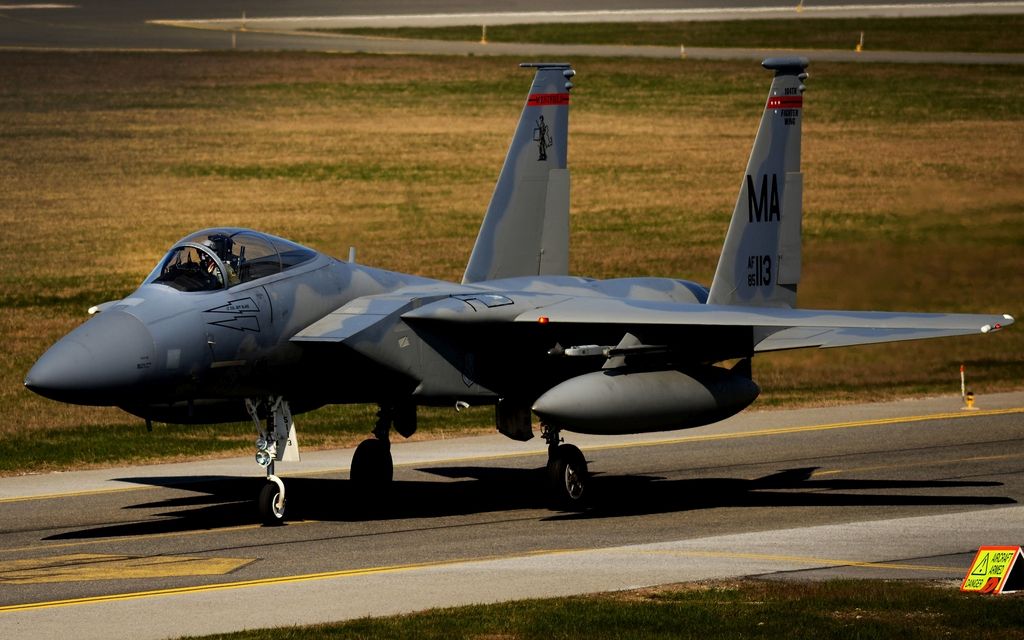
An Su-22 Fitter peels off from a formation in support of exercise Spring Storm at Amari Air Base, Estonia May 4. The Polish air force will fly with the Estonian Defense Force and the U.S. 131st Expeditionary Fighter Squadron to improve allied air operations and interoperability in a realistic training environment. (U.S. Air Force photo/ Tech. Sgt. Matthew Plew)
Two Su-22 Fitters taxis launch for a sortie in support of exercise Spring Storm at Amari Air Base, Estonia May 6. The Polish air force will fly with the Estonian Defense Force and the U.S. 131st Expeditionary Fighter Squadron to improve allied air operations and interoperability in a realistic training environment. (U.S. Air Force photo/ Tech. Sgt. Matthew Plew)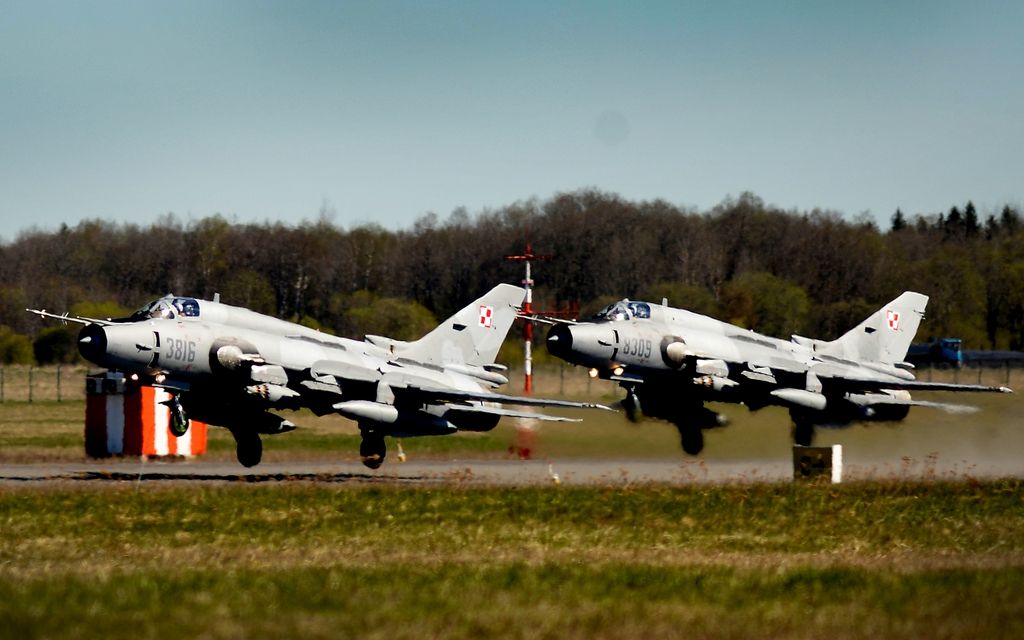
A U.S. F-15C Eagle launches for a sortie at Amari Air Base, Estonia in support of exercise Spring Storm May 6. The U.S.131st Expeditionary Fighter Squadron will fly with the Estonian Defense Force and Polish air force to improve allied air operations and interoperability in a realistic training environment. (U.S. Air Force photo/ Tech. Sgt. Matthew Plew)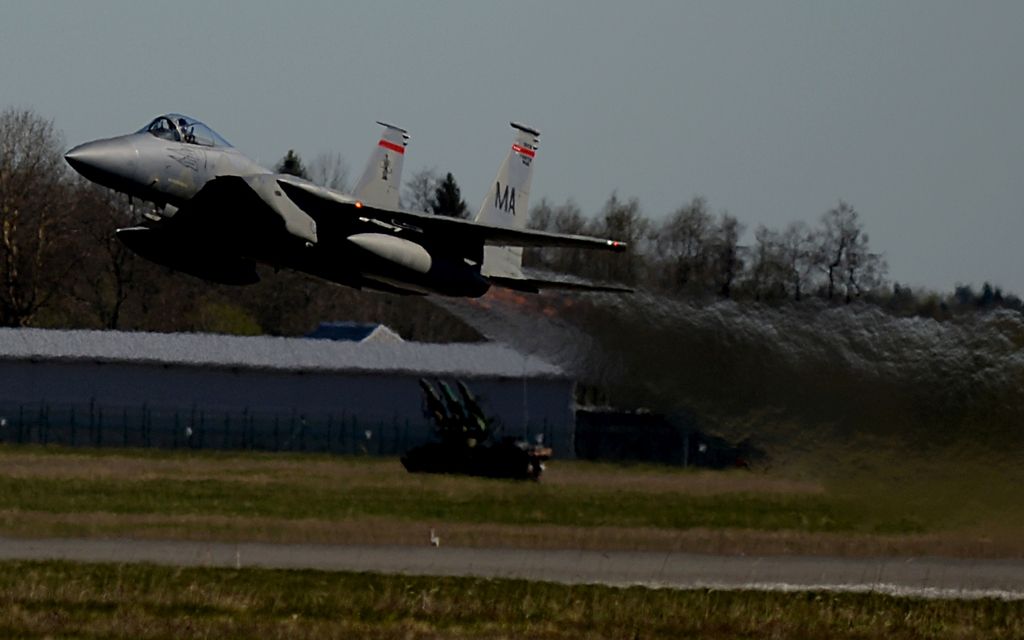
An Estonian L-39 Albatros taxis after landing at Amari Air Base, Estonia in support of exercise Spring Storm May 6. The Estonian Defense Force will fly with the U.S.131st Expeditionary Fighter Squadron and Polish air force to improve allied air operations and interoperability in a realistic training environment. (U.S. Air Force photo/ Tech. Sgt. Matthew Plew)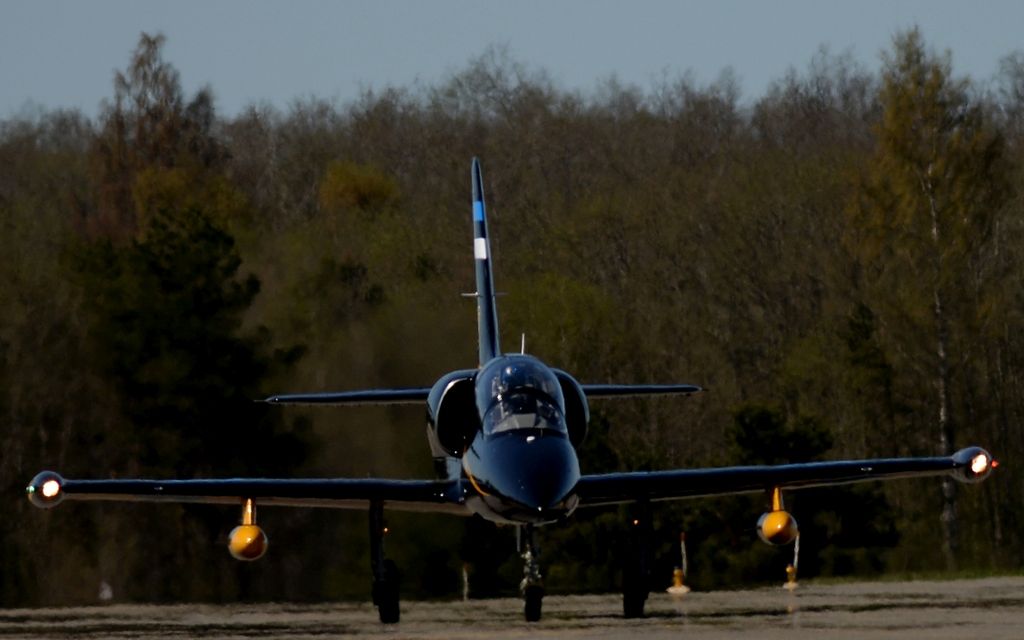
Today On a hazy start to the day, an RNZAF Boeing 757 was being prepared for departure from Shanghai Pudong International Airport during the Prime Minister?s recent visit to China. The visit, supported by No.40 Sqn and Air Movements personnel from both Bases Auckland and Ohakea, also included stops in Beijing and Xi?an. What a gorgeous aircraft!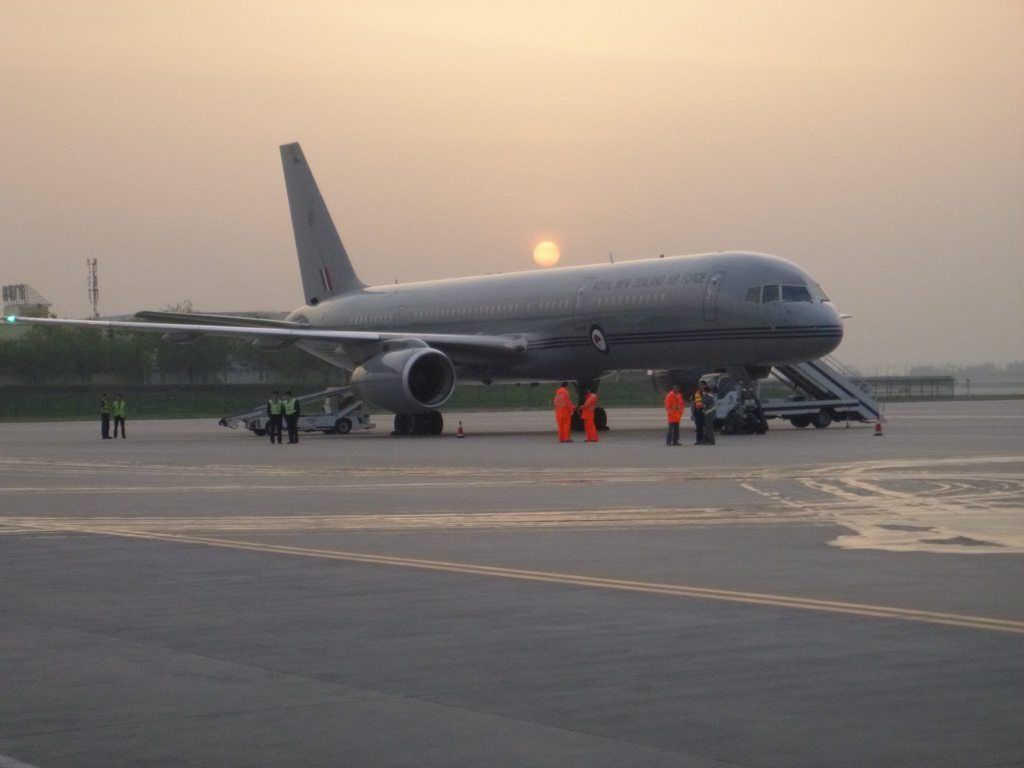
LUKE AIR FORCE BASE, Arizona --
After eight months of intense training, the students of the 310th and 309th Fighter Squadron Basic F-16 Fighting Falcon Course were put to their final test as they joined forces with the F-35 and a multitude of other platforms during their capstone Large Force Exercises April 18-29, at Luke Air Force Base, Arizona.
Students integrated with different platforms, some from different bases, all fighting in the same air space at once. They faced up to eight simulated enemy aircraft and utilized air-to-air and air-to-surface tactics. These capstone missions ensure students are ready for their future operational tours.
"These LFEs mark the culmination of eight months of training for the B-Course students,? said Lt. Col. William McKibban, 309th FS commander. ?Our weapons officers plan for months to make it as realistic as possible with the resources we have available. Every F-16 instructor pilot realizes that, within months, these students will likely be using their skills in operational environments. There is no other option but for each of them to be ready for those responsibilities."
The students were tasked with creating and then executing dynamic and multifaceted mission plans.
?We were presented with very complex problems and with the help of our mission commanders, we were able come up with really good solutions then go out and execute them,? said 1st Lt. Robert Kouwe, 310th FS B-Course student. ?We planned our mission the day prior to flying the LFE. We had to answer questions like; how do we get a C-17 into a drop zone so they can drop off supplies for a simulated special forces team? Learning how to dynamically solve this problem prepares us for what we?ll actually be doing while deployed.?
This marks the first time at Luke that the F-35 Lightning II has been fully integrated into the LFEs, allowing students to utilize the fighter?s unique and extensive capabilities.
?Our strength here at Luke is that we have 4th generation and 5th generation assets at the same base, so we can truly train how we fight,? said Lt. Col. Aaron Jelinek, 61st FS director of operations. ?We?ve been developing this platform and getting more and more capable as we go on. We were able to contribute to the fight over the past two weeks and allow, not only the students, but also instructors to see what this platform is currently capable of right here, right now.?
This exercise also allowed students to see first-hand how the F-35 makes solving these dynamic challenges easier.
?The F-35 compliments us with a whole new capability.? Kouwe said. ?It adds so much situational awareness and the low observability is extremely good.?
One of the F-35 pilots involved in the exercise spent the first part of his career mastering the F-16. He now gets to fly next to his old jet and share the capabilties of his new fighter.
?We?re able to know what?s going on and then pass that information to the F-16s. We provide a bigger picture, more situational awareness, while also utilizing unprecedented stealth capabilities,? said Maj. Joseph Walker, 62nd FS B-Flight commander ?We?re able to go places and take out threats the F-16 traditionally can?t or faces a higher risk of failure. We?re here to utilize the F-35?s strengths while enhancing the F-16?s strengths by working together.?
Some of the F-16 students had a chance to learn what it?s like to execute an LFE with and without the F-35.
?I flew one day with the F-35s and one day without them and it really showed me the benefits of having them with us,? Kouwe said. ?It gave me confidence knowing that it wasn?t just up to us to take care of ourselves, but that we had them watching our backs.?
The LFE provided students a realistic training environment that not only showed them what their wingmen in other platforms are capable of but also how to communicate and quickly problem solve when things don?t go according to plan.
?Putting all these moving pieces together is something you can talk about all day but until you go and do it and see what can go wrong and then follow up with a solution, there?s no other way to simulate it but to actually practice it,? Kouwe said. ?All pilots think their platform is the best but when you put all the different communities into a mission planning room it forces you to take a step back and admit your limitations and say where and why we need the other platforms.?
The LFE furthered the student?s development and completed their B-Course training, but it also presented another milestone for the F-35 program at Luke.
?It?s a big deal for us,? Jelinek said. ?Every time we get to go integrate and show off our capabilities, both air-to-air and air-to-ground, it really opens eyes. Everyone sees it on the ramp and they might think it looks pretty cool but it?s a whole new story when they?re up in the air experiencing what this capability brings.?
The first B-Course F-35 student was announced in March and soon the F-35 program will be expanding its training syllabus.
?We?ve made leaps and bounds since the beginning of the year,? said Capt. Ian Osterrreicher, 61st FS chief of scheduling. ?We?re going to see our syllabus ramp up and we?ll be starting to do our own LFEs and next time, we?ll be asking the F-16s to support us.?
Even with all the milestones and advancements this is just the start for the things to come at Luke and the F-35 program.
?We only have a squadron and a half training fighter pilots,? Jelinek said. ?Eventually, we?re going to have 144 F-35s. If you look out on the ramp and multiply what we have right now by four, that?s the capability we?re going to have to train tomorrow?s fighters.?
This fall, Hill AFB, Utah, is going to declare initial operating capability. The extensive training here at Luke, to include integration exercises like LFEs, allows Hill to be ready for this next step.
?We fly more sorties in the 61st FS than any other Air Force fighter squadron,? Jelinek said. ?With the number of hours we put on these jets, the number of sorties we turn per week, we?re able to pass valuable lessons learned to these other bases. We?re able to pass any findings we have on how the F-35 performs to operational testers, developmental testers and, most importantly, back to Hill to get them ready for IOC.?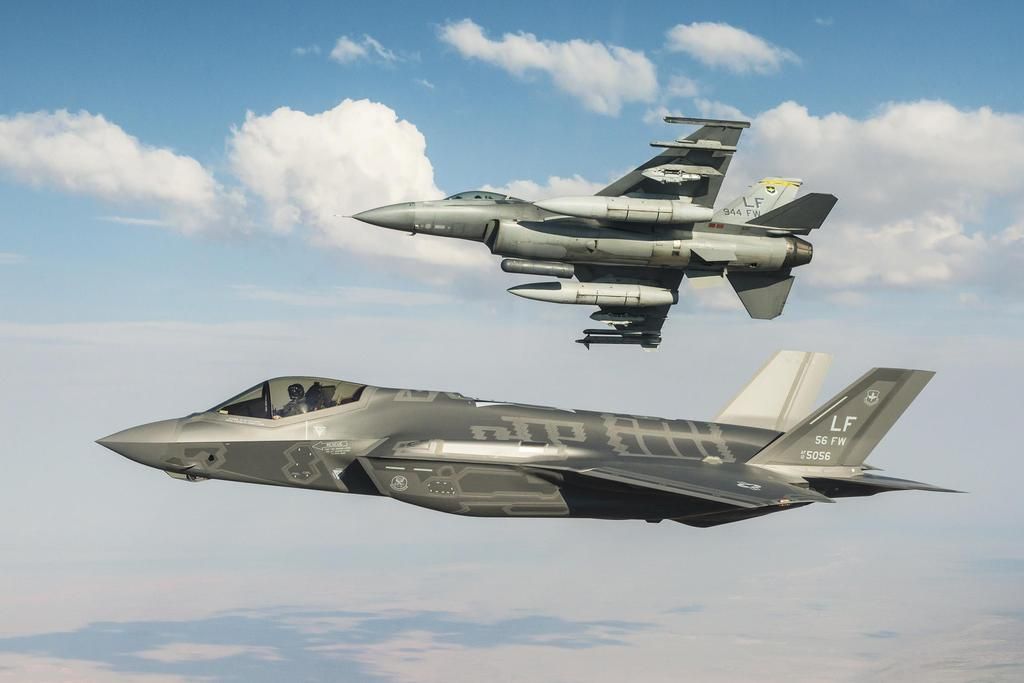
-
 Main AdminAirmen from the 388th Fighter Wing are welcomed home May 10 at Hill Air Force Base after spending the past eight months deployed in support of Operation Freedom?s Sentinel. As the 388th Fighter Wing transitions to the F-35 Lightning II aircraft, it?s likely this is the final combat operation for Hill?s F-16 Fighting Falcon aircraft after nearly 40 years of providing air superiority for U.S. forces. While deployed, the 421st Fighter Squadron flew more than 2,800 sorties and spent more than 10,000 hours in the skies, dropping more than 100 guided bombs, primarily in support of coalition troops on the ground. As the only dedicated fighter unit in Afghanistan, the 421st Fighter Squadron provided 24/7 air support to coalition forces. (U.S. Air Force photo by Todd Cromar)
Main AdminAirmen from the 388th Fighter Wing are welcomed home May 10 at Hill Air Force Base after spending the past eight months deployed in support of Operation Freedom?s Sentinel. As the 388th Fighter Wing transitions to the F-35 Lightning II aircraft, it?s likely this is the final combat operation for Hill?s F-16 Fighting Falcon aircraft after nearly 40 years of providing air superiority for U.S. forces. While deployed, the 421st Fighter Squadron flew more than 2,800 sorties and spent more than 10,000 hours in the skies, dropping more than 100 guided bombs, primarily in support of coalition troops on the ground. As the only dedicated fighter unit in Afghanistan, the 421st Fighter Squadron provided 24/7 air support to coalition forces. (U.S. Air Force photo by Todd Cromar)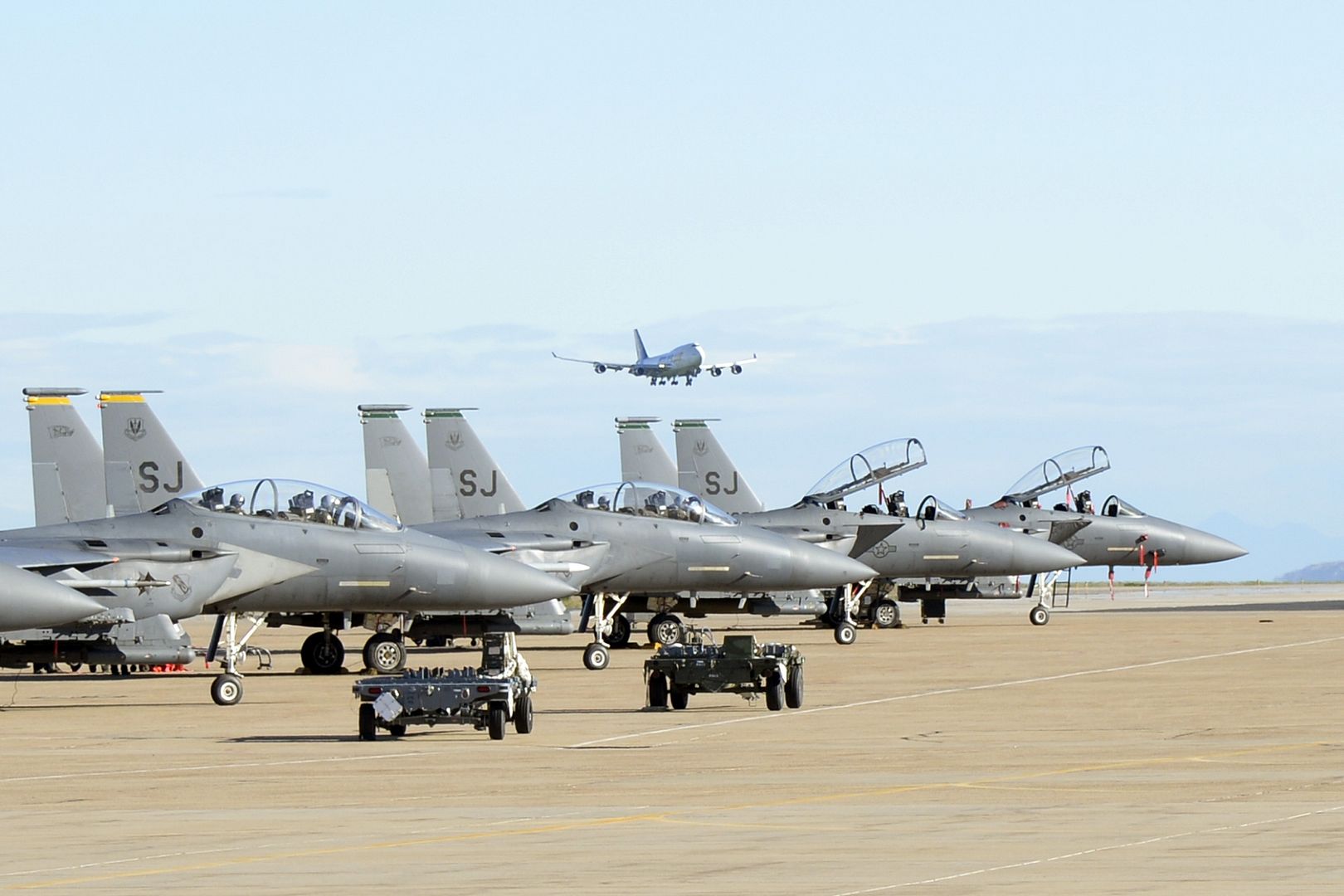
Two U.S. Air Force C-17 Globemaster IIIs take off from Joint Base Elmendorf-Richardson during Red Flag Alaska 16-1, May 10, 2016. Red Flag Alaska 16-1 provides joint offensive, counter-air, interdiction, close air support, and large force employment training in a simulated combat environment. (U.S. Air Force photo/Alejandro Pena)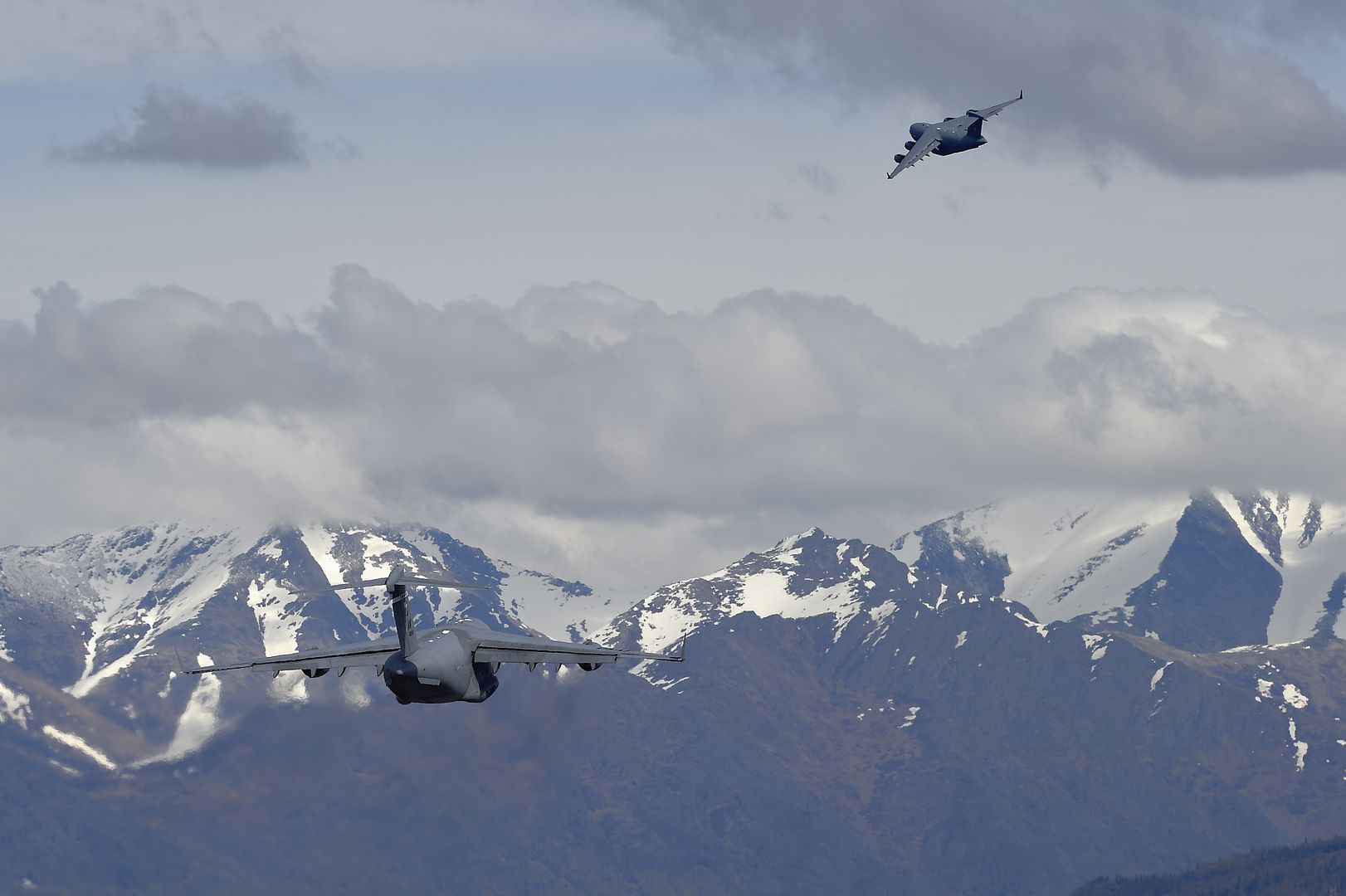
A U.S. Air Force F-15 Eagle from Eglin Air Force Base, Fla., takes off from Joint Base Elmendorf-Richardson during Red Flag Alaska 16-1, May 10, 2016. Red Flag Alaska 16-1 is a Pacific Air Forces-directed field training exercise for U.S. and international forces, providing combined offensive counter-air, interdiction, close air support and large force employment training in a simulated combat environment. (U.S. Air Force photo/Alejandro Pena)
A U.S. Air Force F-22 Raptor, assigned to the 90th Fighter Squadron, takes off from Joint Base Elmendorf-Richardson, Alaska, during Red Flag Alaska 16-1, May 10, 2016. Red Flag Alaska 16-1 provides joint offensive, counter-air, interdiction, close air support, and large force employment training in a simulated combat environment. (U.S. Air Force photo/Alejandro Pena)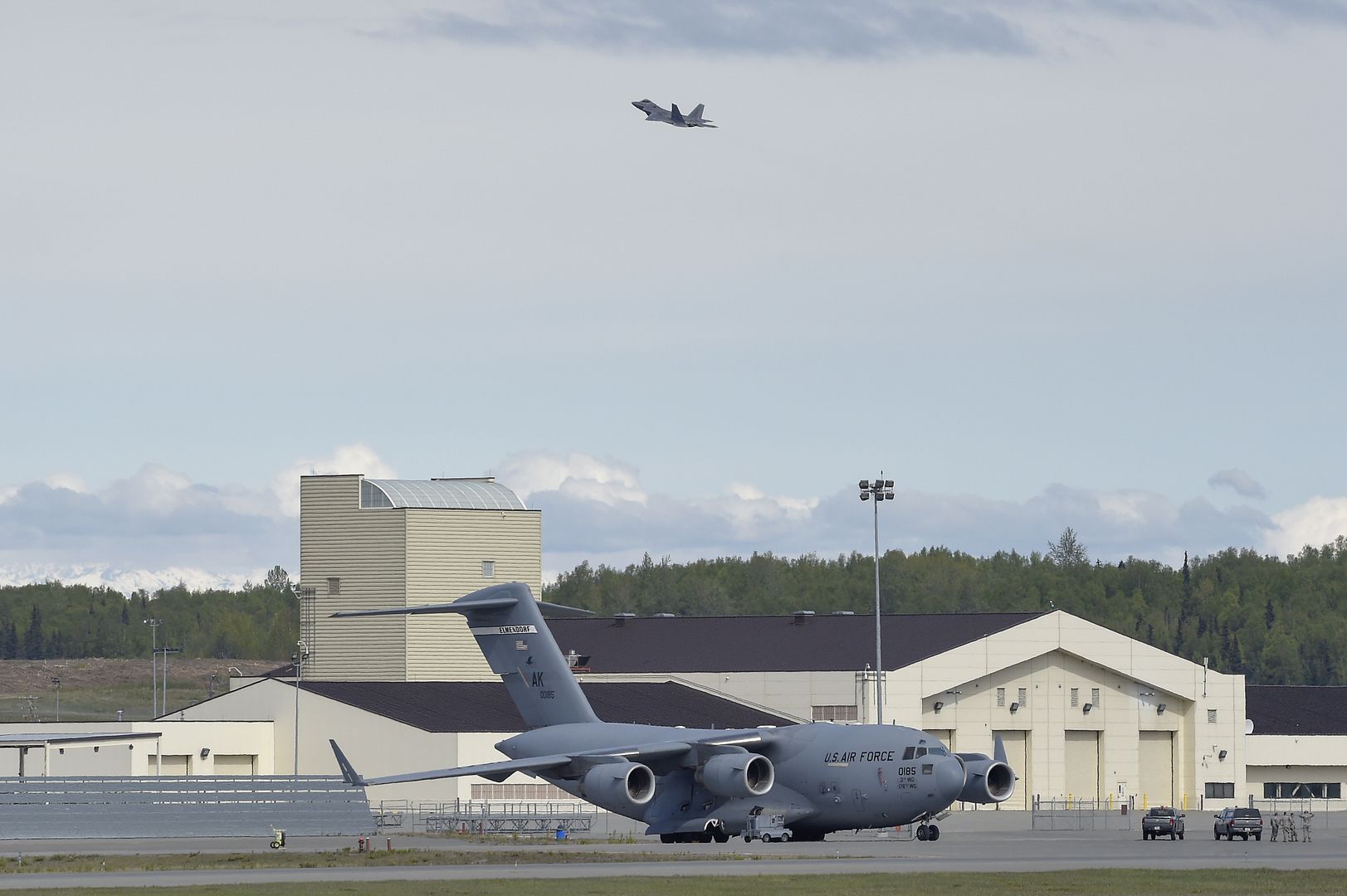
A U.S. Air Force F-15 Eagle from Eglin Air Force Base, Fla., takes off from Joint Base Elmendorf-Richardson during Red Flag Alaska 16-1, May 10, 2016. Red Flag Alaska 16-1 is a Pacific Air Forces-directed field training exercise for U.S. and international forces, providing combined offensive counter-air, interdiction, close air support and large force employment training in a simulated combat environment. (U.S. Air Force photo/Alejandro Pena)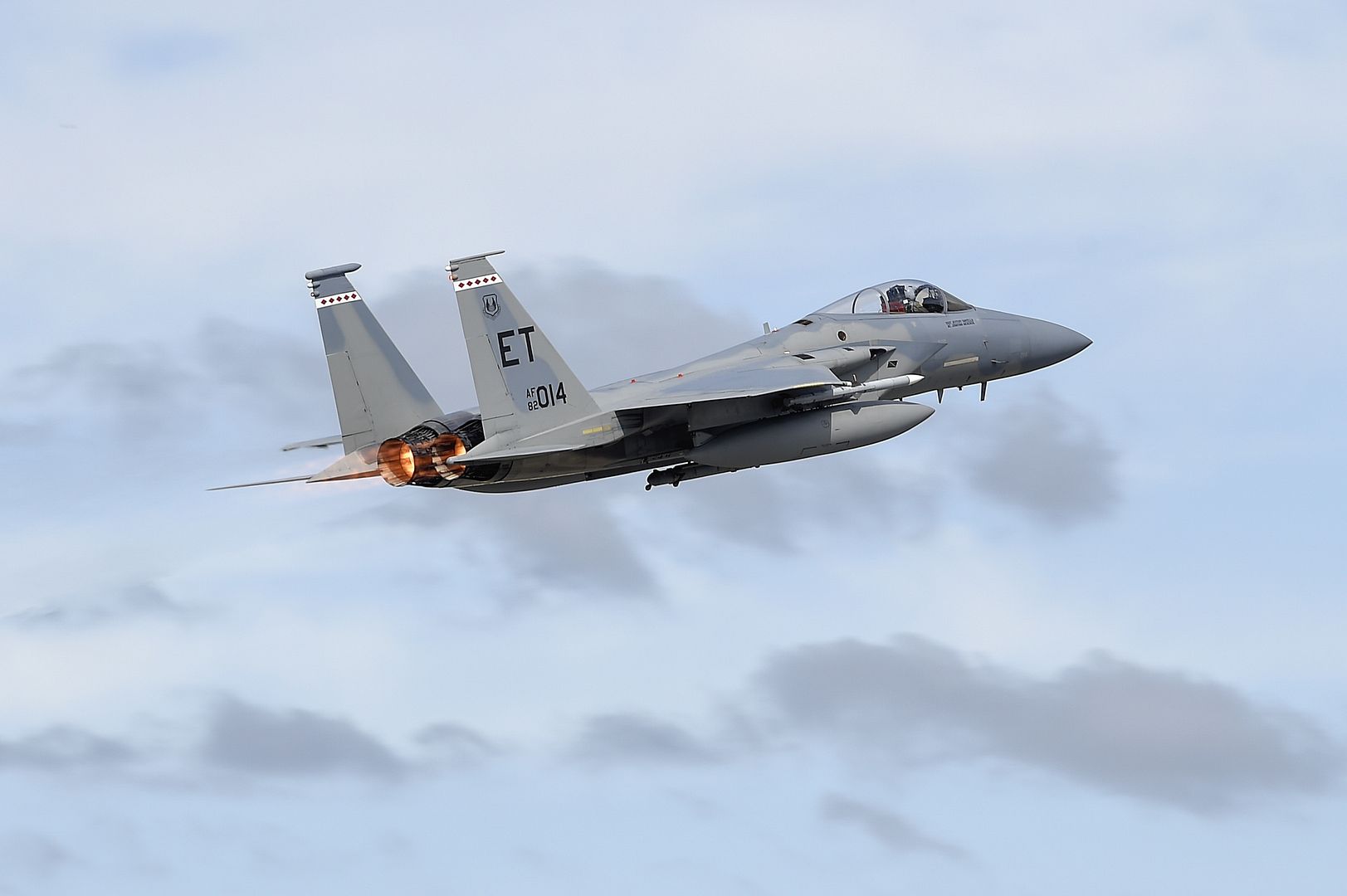
Explosive Ordnance Disposal (EOD) technicians, assigned to Explosive Ordnance Disposal Mobile Unit (EODMU) 5, conduct mine countermeasure pouncer procedures off the coast of Guam with members of the Royal Australian Navy Clearance Diving Team during Exercise Tricrab, May 10, 2016. Tricrab is a combined exercise involving military forces from five different countries that focuses on strengthening relationships within the Asia-Pacific region through training and information exchanges, to enhance EOD and diving related interoperability. (U.S. Navy Combat Camera photo by Mass Communication Specialist 3rd Class Alfred A. Coffield/Released)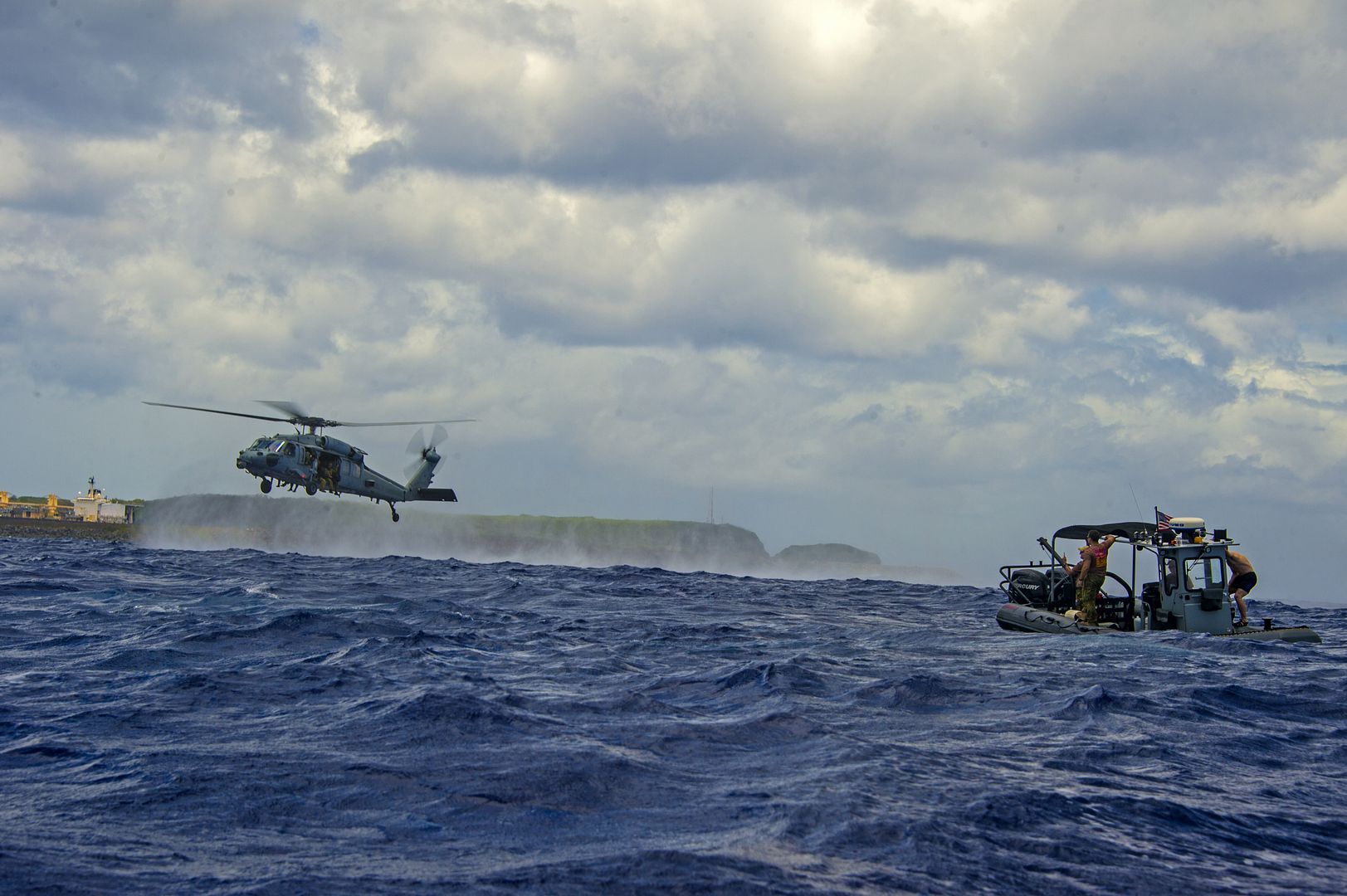
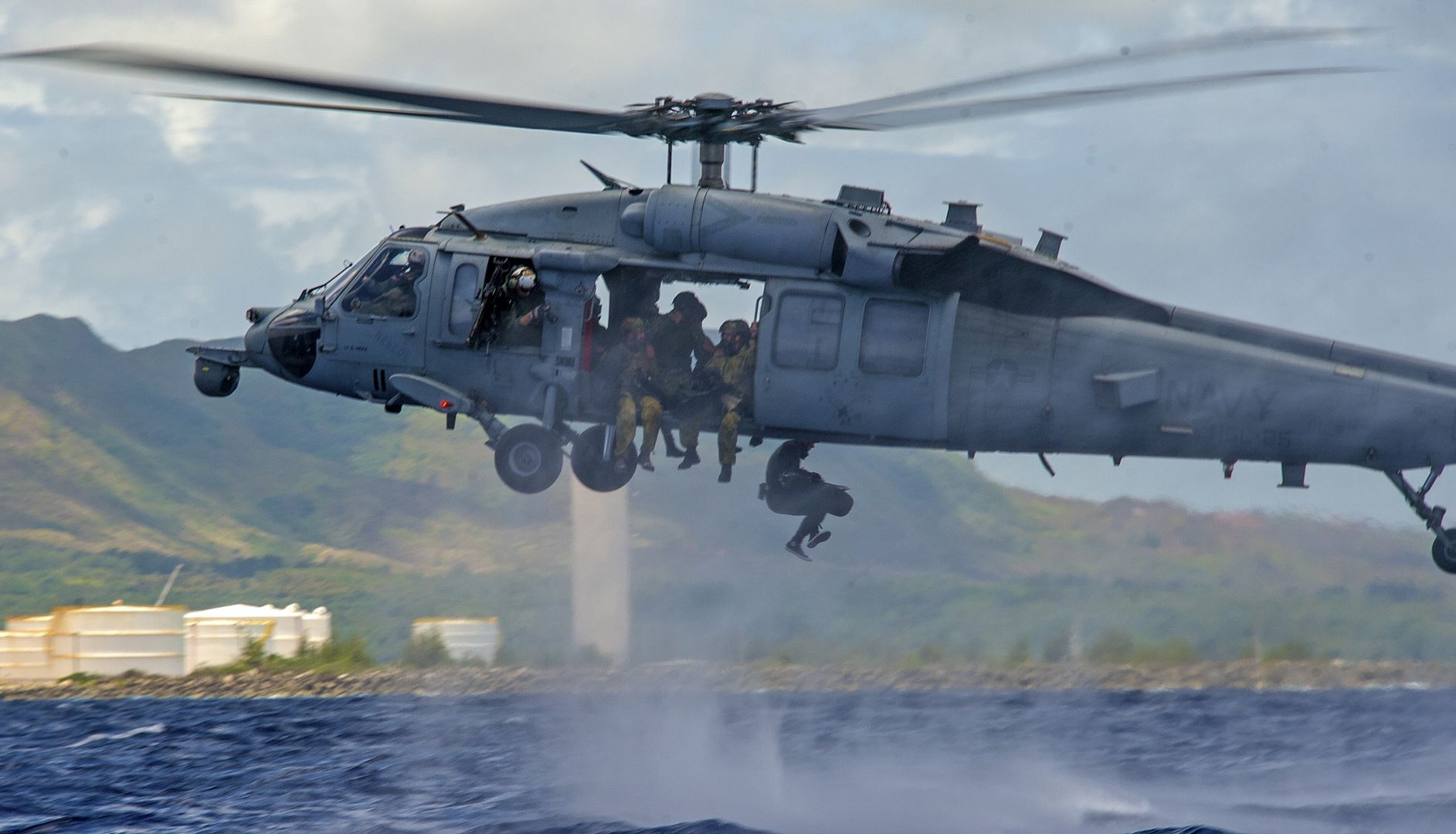
The Black Eagles aerobatic team fly in formation during the Gyeonggi Suwon Airshow 2016 at Suwon Air Base, Republic of Korea, May 7, 2016. (U.S. Air Force photo by Staff Sgt. Jonathan Steffen/Released)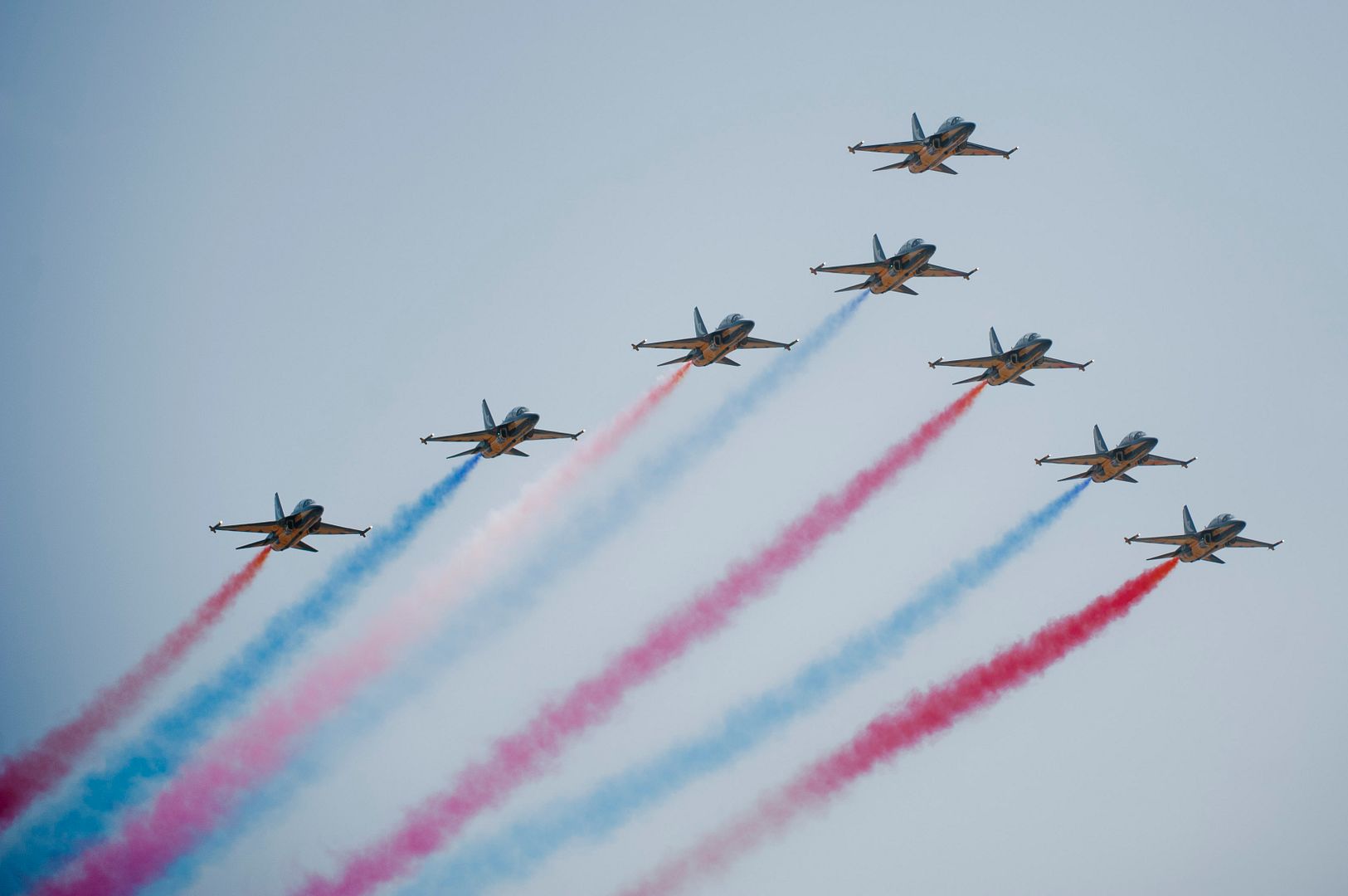
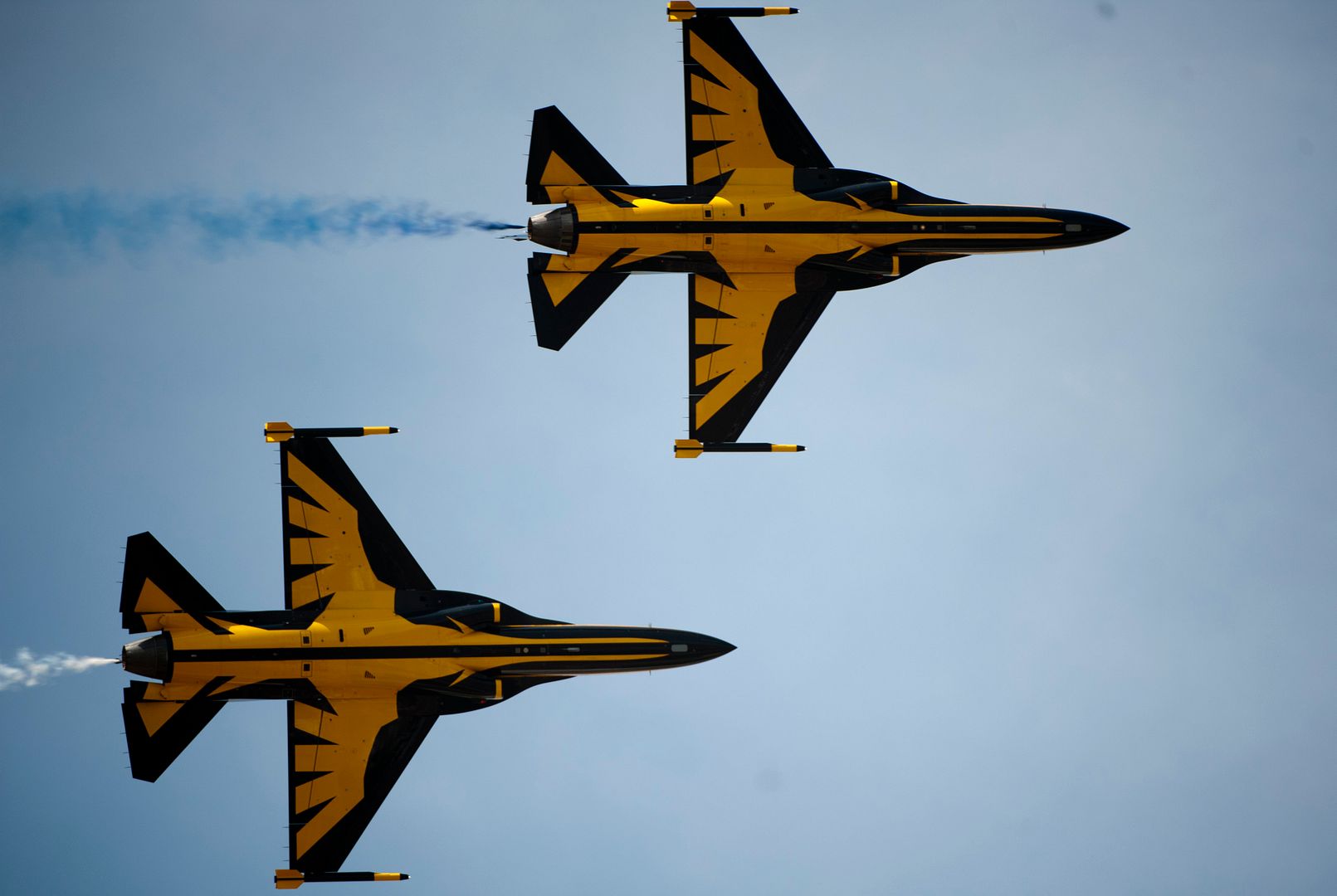
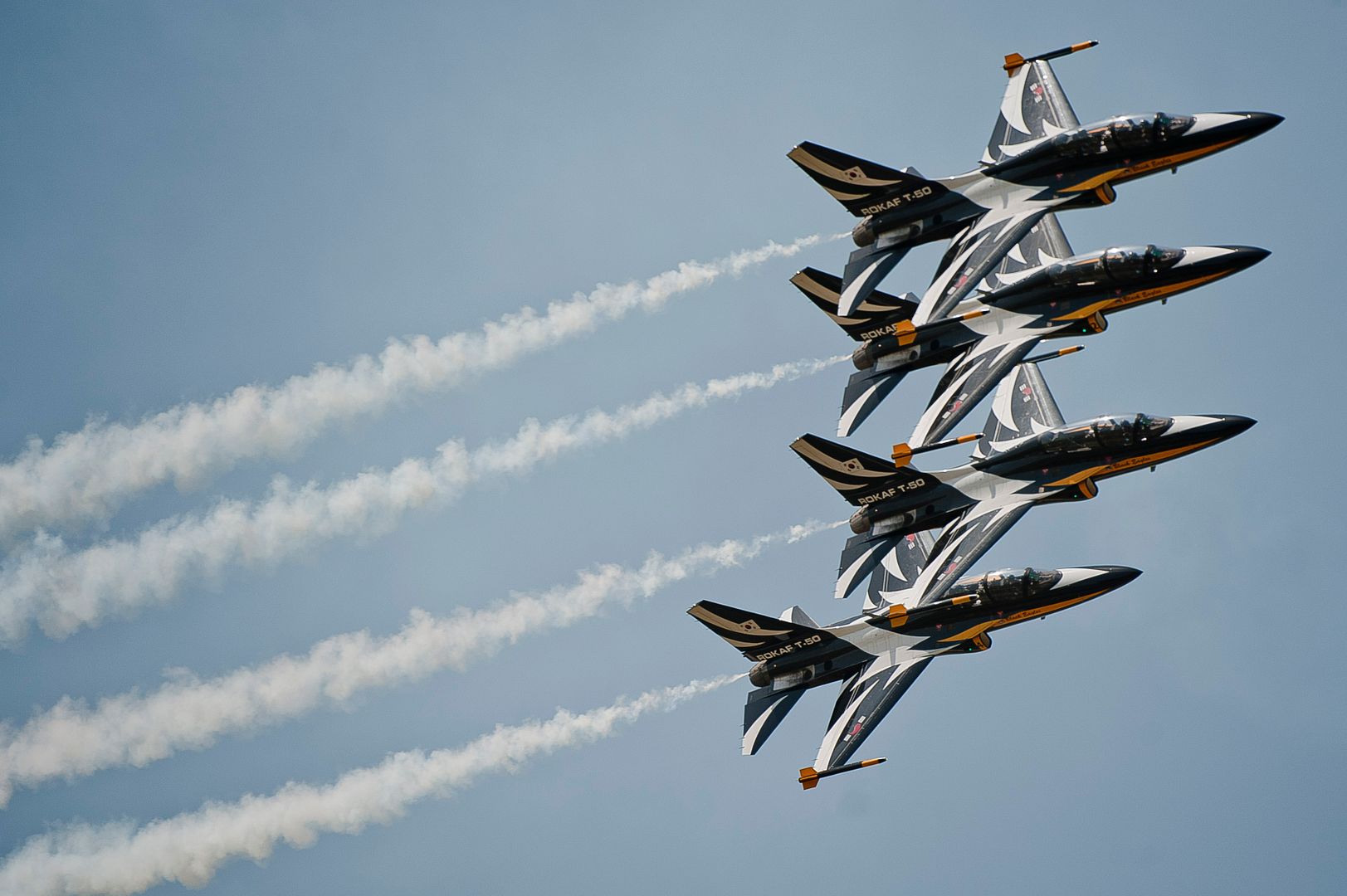
Osan Air Base, Republic of Korea -- A-10 Thunderbolt II and F-16 Fighting Falcon fighter aircraft perform an 'Elephant Walk' on the runway this week during Exercise Beverly Herd 16-01 at Osan Air Base, Republic of Korea. The Elephant Walk was a demonstration of U.S. Air Force capabilities and strength and showcases the wing's ability to generate combat airpower in an expedient manner in order to respond to simulated contingency operations. The A-10 Thunderbolt II aircraft are from the 25th Fighter Squadron "Dragons" and the F-16 Fighting Falcon aircraft are from the 36th Fighter Squadron "Fiends" of the 51st Fighter Wing, Osan AB, ROK; the additional F-16 aircraft are from the 179th Fighter Squadron "Bulldogs" of the 148th Fighter Wing out of Duluth Air National Guard Base, Minnesota. (U.S. Air Force photo by Tech. Sgt. Travis Edwards/Released)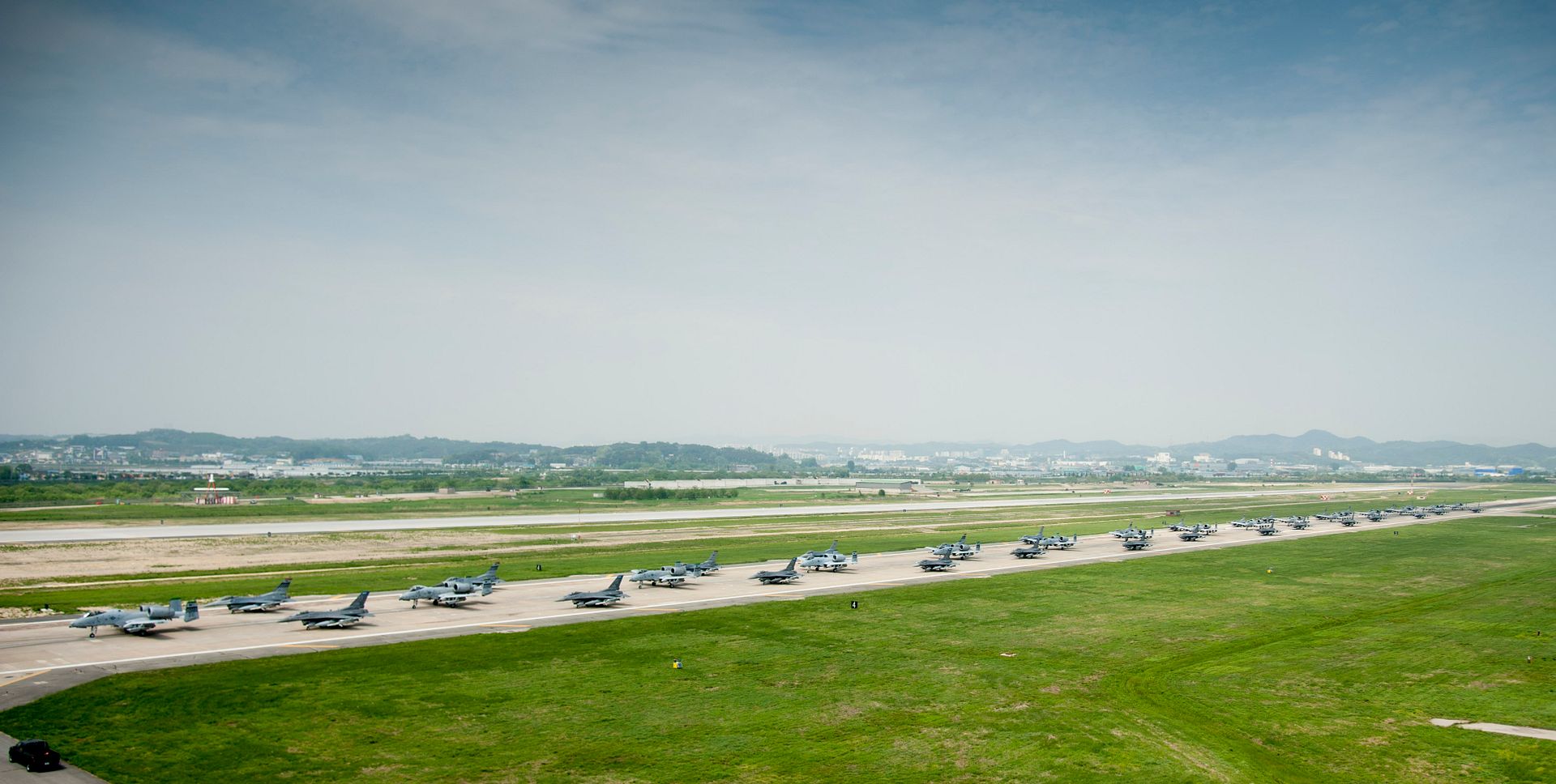
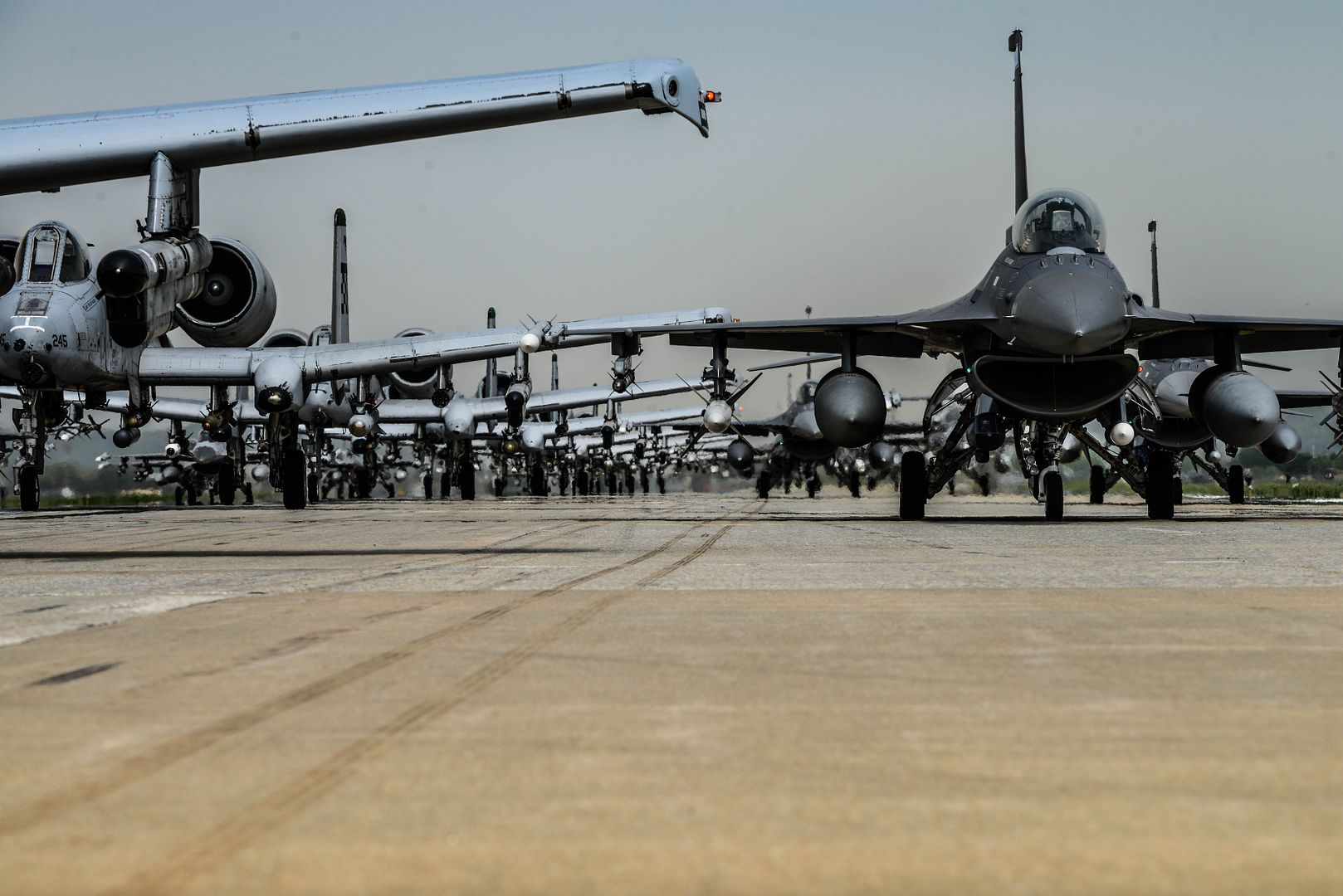

RAF Cosford Air Show (Official) 2016, taking place on Sunday 19th June falls on Father?s Day, making it the perfect opportunity to enjoy a family day out for all generations.
From interactive exhibits showcasing the Royal Air Force to an eclectic mix of trade stands, awe inspiring flying displays to the chance to jump inside a cockpit and act like a fast jet pilot there is something to keep both children and adults entertained for hours.
READ MORE -- http://www.raf.mod.uk/news/archive/air-show-set-to-be-a-fun-filled-family-day-out-11052016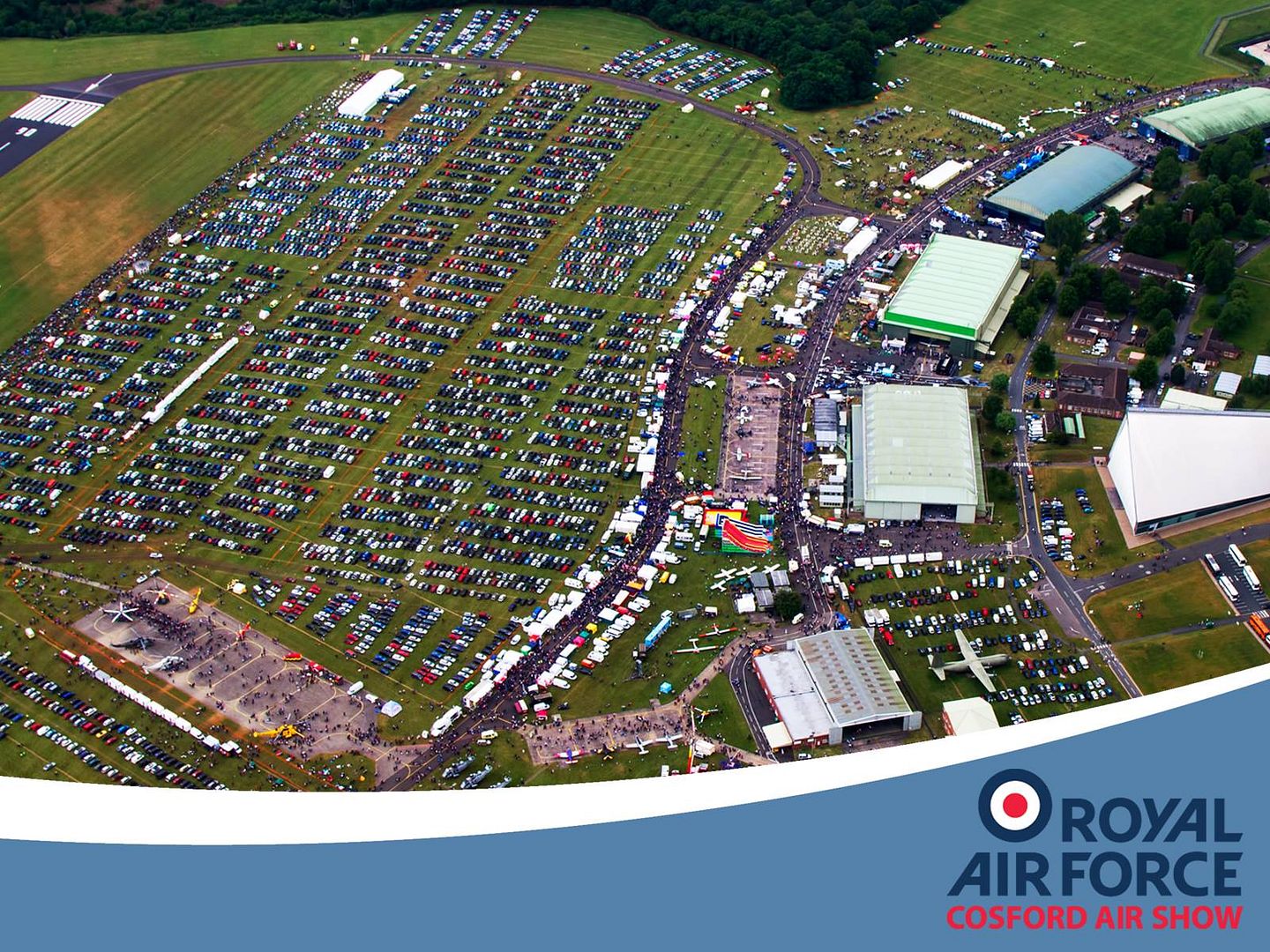
Bombardier Commercial Aircraft announced today that Swiss International Air Lines (?SWISS?) has selected Bombardier?s Smart Parts Program to provide component support for the airline?s fleet of 30 all-new C Series aircraft. The 10-year agreement positions SWISS as the launch customer for the C Series Smart Parts Program and provides the airline with comprehensive component maintenance, repair and overhaul (MRO) services, access to a strategically located spare part exchange pool, and an on-site inventory based at the airline?s main hub in Zurich, Switzerland.
SWISS is the launch operator for the C Series aircraft, with the first CS100 aircraft scheduled to be delivered by Bombardier in June 2016. SWISS will take delivery of a total of 30 CS100 and CS300 aircraft.
?As we approach entry-into-service with our CS100 aircraft, we have selected Bombardier as our component services supplier -- strengthening our relationship even further,? said Peter Wojahn, Chief Technical Officer, Swiss International Air Lines. ?The Smart Parts Program will guarantee part availability and provide us with a cost-effective solution for our component maintenance and spare part requirements. This will enable us to secure a successful entry-into-service and to operate our fleet of C Series aircraft to its full potential, while reducing maintenance-related costs and our own investments into spare components.?
?As the launch operator for the all-new C Series aircraft, we are pleased to have SWISS join our Smart Parts Program as launch customer,? said Todd Young, Vice President and General Manager, Customer Services, Bombardier Commercial Aircraft. ?Bombardier is delivering value to SWISS through our tailored Smart Parts Services offering to meet the airline?s specific operational requirements targeted at supporting high dispatch reliability and cost predictability for its fleet of C Series aircraft.?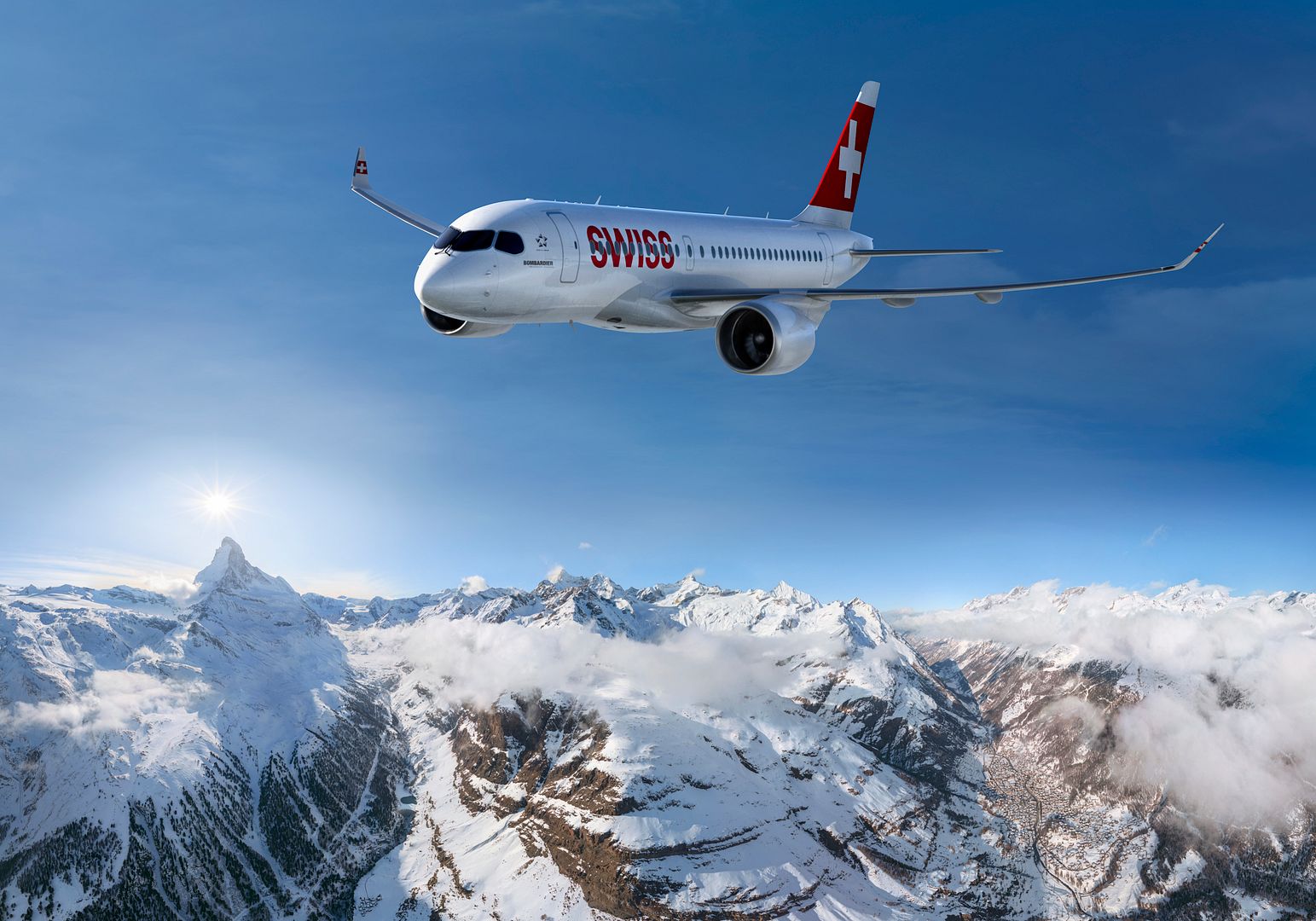
-
9 years agoThu May 12 2016, 01:47pm
 Main AdminAn AV-8B Harrier II with Marine Medium Tiltrotor Squadron 264 (Reinforced), 22nd Marine Expeditionary Unit (MEU), lands on the flight deck of the USS Wasp (LHD-1) during the MEU's onload for composite training unit exercise (COMPTUEX), May 8, 2016. The 22nd MEU and Amphibious Squadron Six (PHIBRON-6) are underway for composite training unit exercise (COMPTUEX). (U.S. Marine Corps photo by Cpl. Ryan G. Coleman)
Main AdminAn AV-8B Harrier II with Marine Medium Tiltrotor Squadron 264 (Reinforced), 22nd Marine Expeditionary Unit (MEU), lands on the flight deck of the USS Wasp (LHD-1) during the MEU's onload for composite training unit exercise (COMPTUEX), May 8, 2016. The 22nd MEU and Amphibious Squadron Six (PHIBRON-6) are underway for composite training unit exercise (COMPTUEX). (U.S. Marine Corps photo by Cpl. Ryan G. Coleman)
A U.S. Air Force MC-130H Combat Talon II, assigned to the 1st Special Operations Squadron out of Kadena Air Base, Okinawa, Japan, makes a low pass before dropping a container delivery system over Malemute drop zone during Red Flag Alaska 16-1 at Joint Base Elmendorf-Richardson, May 11, 2016. Red Flag Alaska 16-1 provides joint offensive, counter-air, interdiction, close air support, and large force employment training in a simulated combat environment. The MC-130 Combat Talon II is capable of delivering troops and equipment into denied areas during adverse weather conditions at night by airdrop or landing. (U.S. Air Force photo/Alejandro Pena)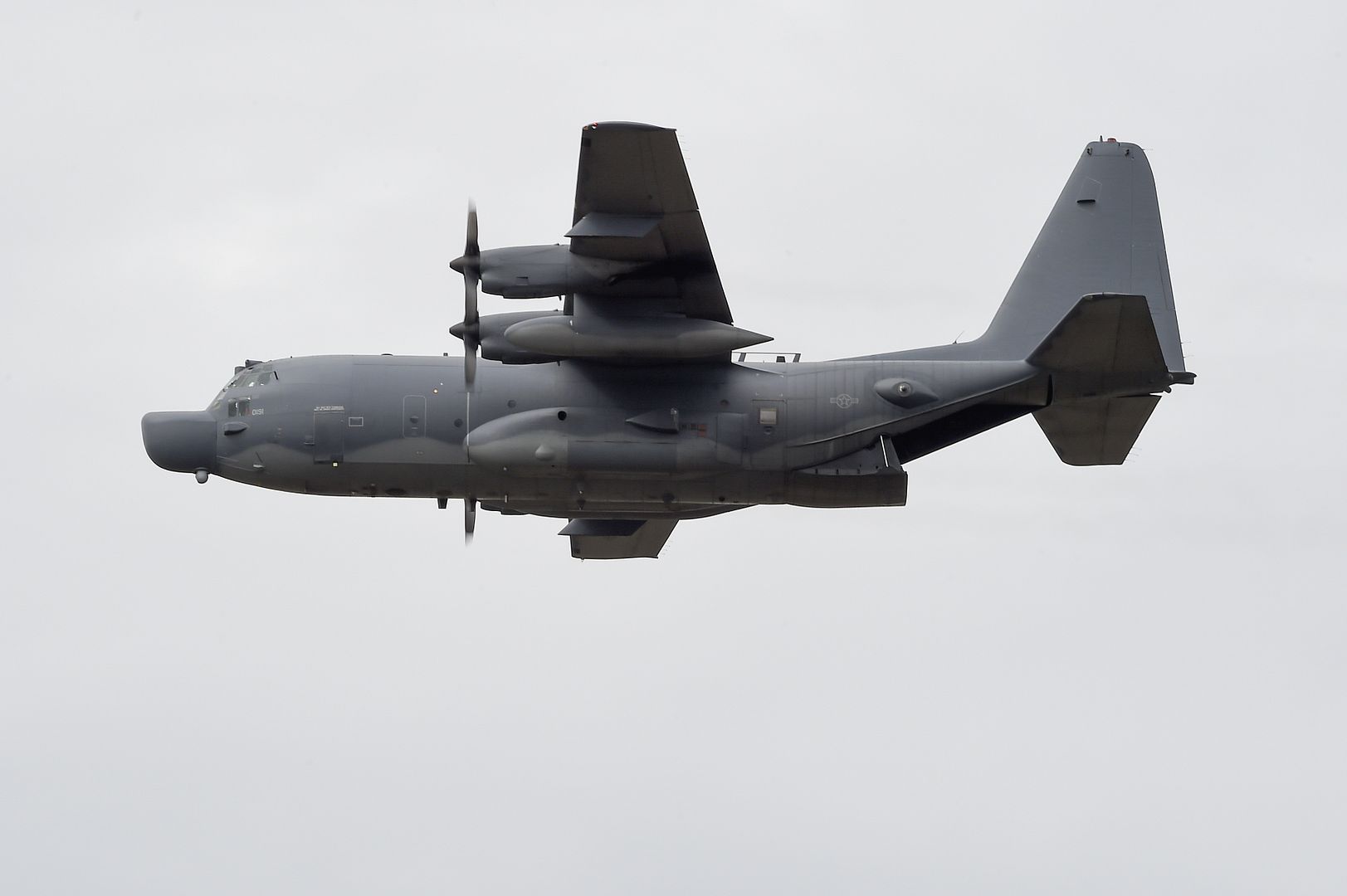
A C-130 Hercules from the 36th Airlift Squadron conducts a night flight mission over Yokota Air Base, Japan, May 11, 2016. The C-130H provides tactical airlift worldwide. Its flexible design allows it to operate in an austere environment. (U.S. Air Force photo by Yasuo Osakabe/Released)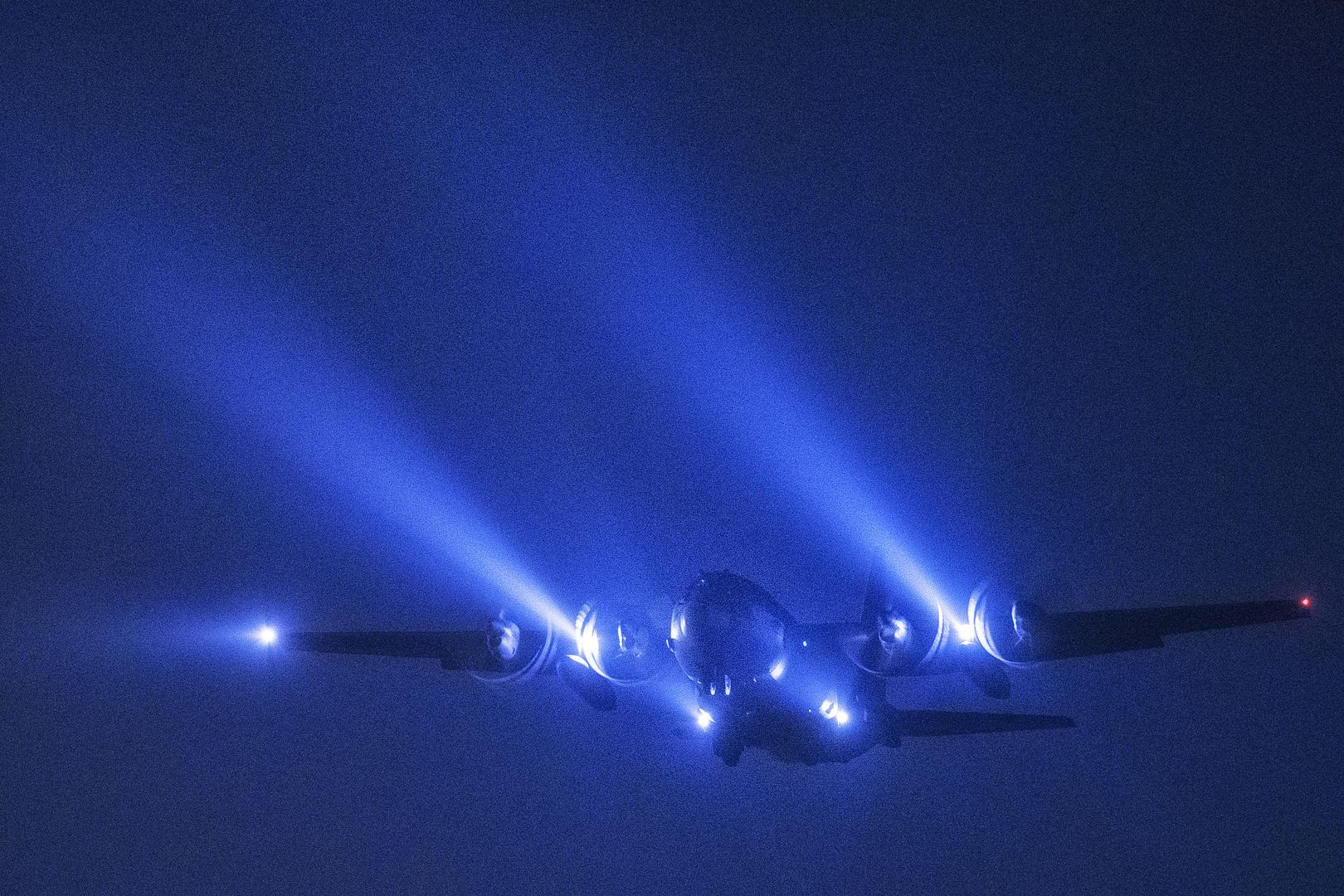
A C-130 Hercules from the 36th Airlift Squadron lands after completing a night flight mission over Yokota Air Base, Japan, May 11, 2016. The C-130H provides tactical airlift worldwide. Its flexible design allows it to operate in an austere environment. (U.S. Air Force photo by Yasuo Osakabe/Released)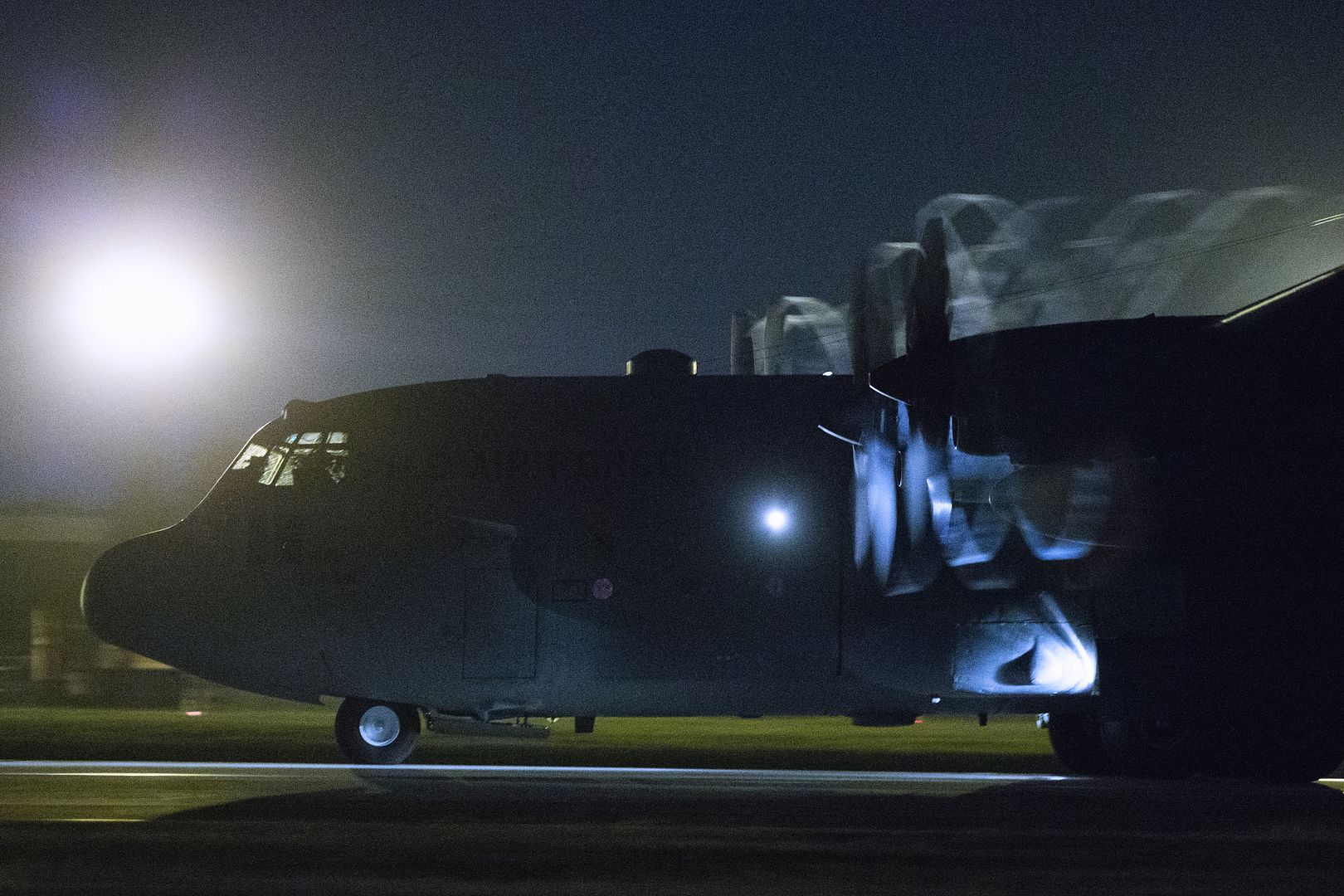
5/11/2016 - EDWARDS AIR FORCE BASE, Calif. -- When most people hear "tailhook" they think of U.S. Navy planes and aircraft carriers. However, almost all U.S. combat aircraft have a tailhook.
That also goes for the Air Force's new F-35A Joint Strike Fighter.
The JSF Integrated Test Force here conducted the first set of tests for the F-35A's tailhook. F-35s have landed using a tailhook before, but not at the speeds and weights being tested now.
By nature, Navy aircraft need tailhooks to catch arresting wires on aircraft carriers. The Navy's version of the JSF - the F-35C - has a significantly more robust tailhook that is designed differently for Navy purposes.
On Air Force planes tailhooks are only used to help the jet stop when landing distance is insufficient or if the jet has a brake malfunction or directional control issue. They are designed as a one-time use device whereas Navy tailhooks like on the F-35C can deploy, retract and stow.
"In the big picture, the F-35A tailhook is designed to stop the jet in an emergency primarily," said Maj. Corey Florendo, 461st Flight Test Squadron project test pilot. "We have to make sure the system works as designed and as specified. We're out there to verify the performance of the system, up to and including the worst case conditions we can possibly envision."
The initial testing included powering the F-35A at 180 knots over the ground; about 200 miles an hour.
As high speed cameras record, AF-04 from the 461st FLTS speeds down the runway. Engineers plan the time to deploy the tailhook, and when the time comes, the test pilot deploys the hook to catch an arresting cable in place to safely stop the fighter. Data is collected and the video footage is reviewed.
"There's a lot of parameters that we're looking at. Obviously, we're curious about the forces on the hook. Aside from just the numbers, we're also curious if the tailhook system is going to be safe. 'Is the cable going to do something like hook the main landing gear and not the cable?' No one has done this before, and before this happens to someone out in the Air Force, we want to see it and make sure it works," Florendo said.
AF-04 had several successful engagements with the tailhook and arresting cable, which will clear the path for additional tests coming up. Florendo said they will be looking at different "offsets" in future tests.
"Ideally you want to be in the center of the runway, but we want to also test to see what happens when the pilot is not in the center," he said.
Like most other test projects on Edwards, JSF tailhook testing requires heavy coordination throughout different organizations on base and off.
"Obviously, we're not the only program that executes here at Edwards," said Andrew Soundy, Lockheed Martin experimental test pilot. "We have the main runway that has the permanent cables attached, so if we're doing cable testing or landing gear testing, we really need sole use of the runway. If we used the permanent cables, we would severely impact the outer runway."
That's where the Air Force's 820th RED HORSE Airmen from Nellis Air Force Base, Nevada, come in. RED HORSE stands for rapid engineer deployable heavy operational repair squadron engineers. The team set up the mobile aircraft arresting system on Edwards' 12,000-foot inside runway so impact on other flight operations is minimal during testing.
"I've been involved in a lot of test projects over the year, this one has probably the most input from multiple different agencies and it's great to see the way it's all come together," said Soundy.
"The big thing to me is the team effort that's been going on here at Edwards. This is a great place to be doing testing with the weather that we get here and the experience we have here; all those teams coming together to make this happen has been great."
Testing will continue this summer.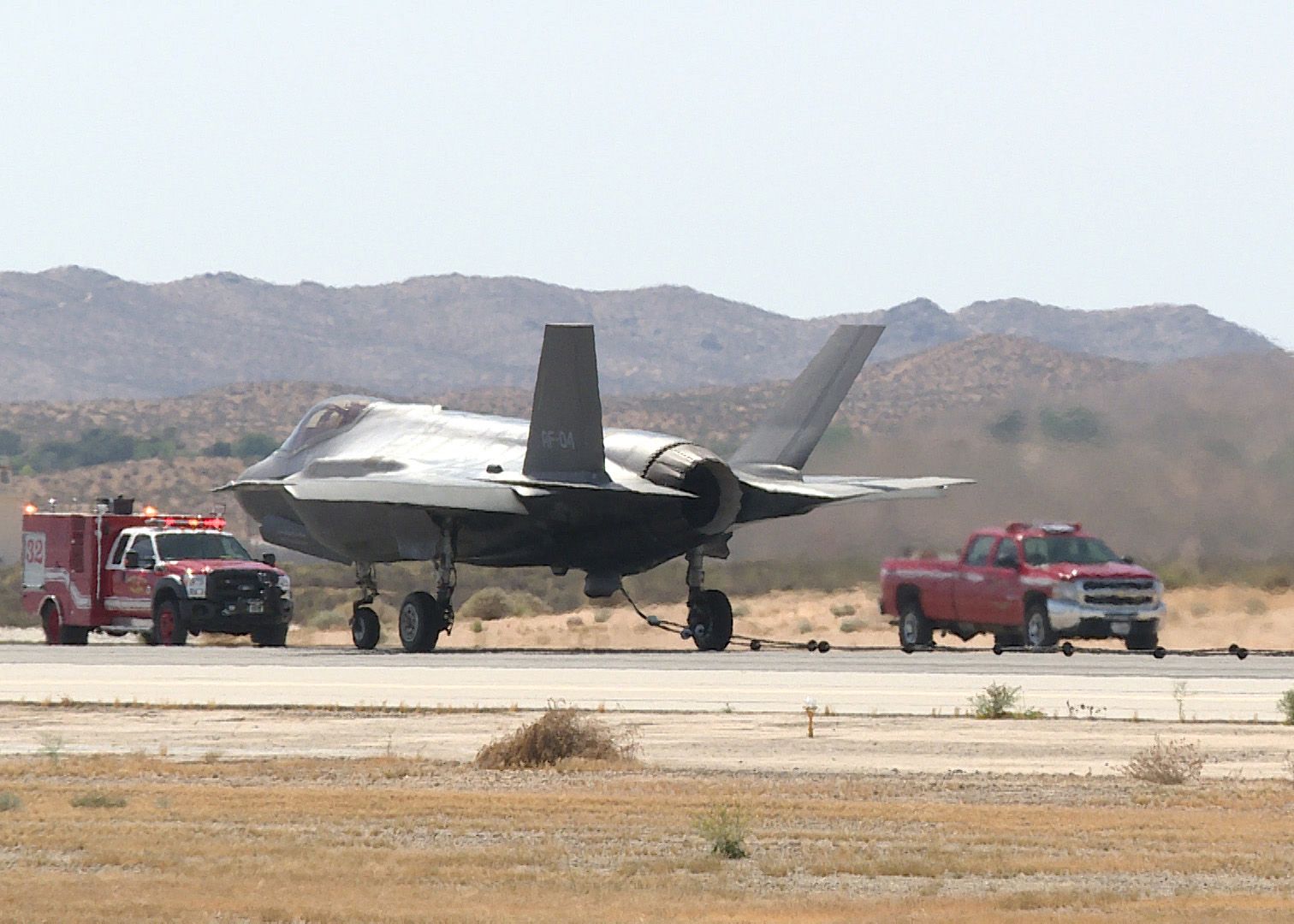
CAPE CANAVERAL, Fla., May 11, 2016 ? The Lockheed Martin (NYSE: LMT) and NASA Orion team has successfully proof-pressure tested the Orion spacecraft?s Exploration Mission-1 (EM-1) crew module. The crew module is the living quarters for astronauts and the backbone for many of Orion?s systems such as propulsion, avionics and parachutes.
In order to certify the structural integrity of the crew module it was outfitted with approximately 850 instruments and subjected to 1.25 times the maximum pressure the capsule is expected to experience during its deep space missions. That means about 20 pounds per square inch of pressure was distributed over the entire inner surface of the spacecraft trying to burst it from within. As a next step, the team will use phased array technology to inspect all of the spacecraft?s welds in order to ensure there are no defects.
Once the primary structure of the crew module has been verified, the team will begin the installation of secondary structures such as tubes, tanks and thrusters. Once those pieces are in place, the crew module will be moved into the clean room and the propulsion and environmental control and life support systems will be installed.
?Our experience building and flying Exploration Flight Test-1 has allowed us to improve the build and test process for the EM-1 crew module,? said Mike Hawes, Lockheed Martin Orion vice president and program manager. ?Across the program we are establishing efficiencies that will decrease the production time and cost of future Orion spacecraft.?
During EM-1 Orion will be launched atop NASA?s Space Launch System (SLS) for the first time. The test flight will send Orion into lunar distant retrograde orbit ? a wide orbit around the moon that is farther from Earth than any human-rated spacecraft has ever traveled. The mission will last about three weeks and will certify the design and safety of Orion and SLS for future human-rated exploration missions.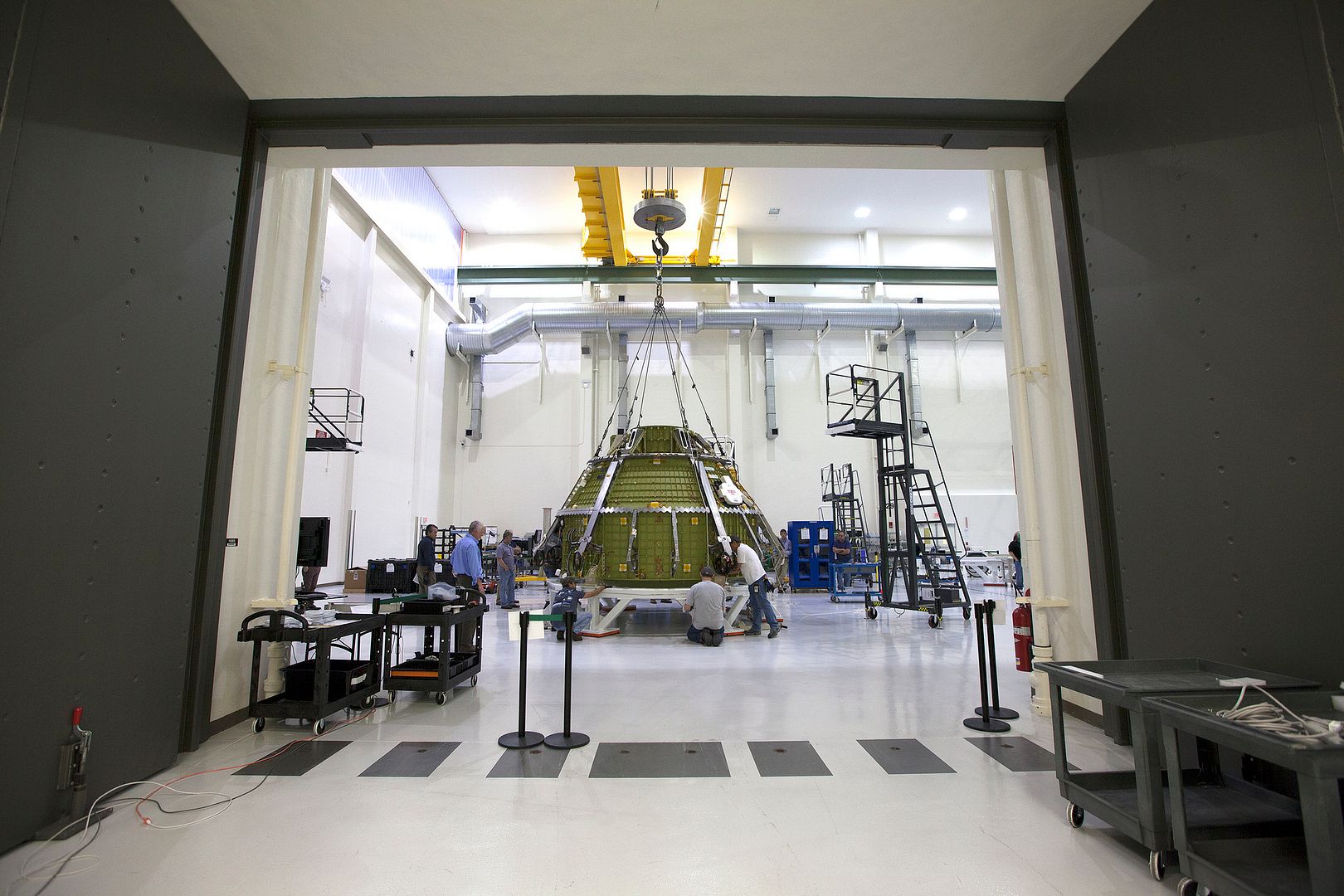
India Ministry of Defence; issued May 11, 2016
The Indian Navy has formally decommissioned its British Aerospace Sea Harrier FRS51 fighters at a formal ceremony at INS Hansa in Dabolim, Goa.
The phasing out of the Sea Harrier with Indian Naval Air Squadron 300 (INAS 300), ?White Tigers?, coincided with the induction of the RSK MiG-29K carrier borne strike aircraft into the Squadron. The type?s final appearance in Indian skies saw two Sea Harriers perform a flying display with two MiG-29Ks that included flying in formation, a high-speed pass by the MiG-29K, and the Sea Harrier?s trademark vertical take-off and landing.
The Sea Harrier served for 33 years in the Indian navy, flying from the aircraft carriers INS Vikrant and INS Viraat in the fleet air defence role. The MiG-29Ks are embarked on INS Vikramaditya (formerly Admiral Gorshkov), with INS Viraat scheduled to be decommissioned this year.
The ageing Sea Harriers were getting increasingly hard to maintain and flew for the last time from INS Viraat on 6 March. Despite their age, the Sea Harrier afforded a unique capability as a fleet air defence fighter in the Indian sub-continent after they were modernised as part of the Limited Upgrade Sea Harrier (LUSH) effort to carry Israeli Derby BVR missiles, ELTA EL/M-2032 multimode radars and a datalink.
Approximately 11 aircraft remained at the time of decommissioning, including two twin seat Sea Harrier trainers. The Sea Harrier fleet had a high attrition rate, with approximately half lost in accidents since the type was inducted.
With the retirement of the Sea Harrier and induction of the MiG-29K into INAS 300, the Indian Navy has two operational squadrons of the Russian carrier borne aircraft, which has been modified to suit a number of specific requirements of the Navy. The Indian Navy has placed orders for 16 MiG-29Ks in 2004 and 29 in 2010. It has taken delivery of an estimated 40 examples.
The Indian Navy decided to acquire the Sea Harrier FRS Mk 51 in 1979, placing orders for six single seat fighters and two T Mk 60 trainers. The type replaced the Hawker Sea Hawk, which was phased out in 1978.
The arrival of VSTOL capability was heralded in India when the first three Sea Harriers, landed at Dabolim on 16 December 1983. The Indian Navy operated its FRS Mk 51 aircraft for a full decade after the Royal Navy retired the type in 2006
-
9 years ago
 Level 1Investec raises $1bn for Emirates Airline to lease Airbus A380-800 aircraft
Level 1Investec raises $1bn for Emirates Airline to lease Airbus A380-800 aircraft
Global specialist banking and asset management group Investec Bank has raised $1bn to finance leases for UAE-based Emirates Airlines' four Airbus A380-800 aircraft.
Raised by the aviation finance arm of Investec, the fund has facilitated the delivery and sale and leaseback of four A380-800s, which include 2013 and 2016 models. Investec has acquired the 2013 aircraft from Aviation Finance Company (AFC) holding company Stellwagen Finance, which is involved in making investments in aviation businesses, financing new aircraft and create transportation infrastructure.
The deliveries of the 2016 models are directly performed by Airbus. Investec stated that it has solely arranged both the financing and leasing of the transaction, in which financings are provided by banks and institutional investors across Middle East, Europe and Asia.
The company has also used Islamic financing on two of the deliveries.The latest deal is expected to provide opportunity for investors for a 12-year period on brand new aircraft with top-tier credit. Investec Aviation Finance co-head Alok Wadhawan said: "The past 12 months has seen Investec Aviation achieve a number of important milestones.
"The closing of the $1bn A380 aircraft deal with Emirates highlights our expertise and deep sector knowledge, and the quality and range of financing products and bespoke solutions we can provide to airlines and lessors."
The company currently has $5bn of aircraft assets under management through its own balance sheet and managed funds. Investec also owns a 20% stake in Ireland-based Goshawk, along with Chow Tai Fook Enterprises and NWS Holdings.
Goshawk is a joint venture leasing platform established by Investec in 2013, with an owned or committed portfolio of 75 young, in-production aircraft, valued at approximately $3.2bn. -
9 years agoFri May 13 2016, 08:26pm
 Main AdminRoyal Air Force Typhoon aircraft have carried out their first intercept of Russian aircraft as part of the NATO Baltic Air Policing mission.
Main AdminRoyal Air Force Typhoon aircraft have carried out their first intercept of Russian aircraft as part of the NATO Baltic Air Policing mission.
Pilots from II (Army Co-operation) Squadron were alerted to the three incoming aircraft and quickly launched from ?mari air base in Estonia. One of the pilots involved in the mission said the intercept, supported by RAF aerospace battle managers, was "a textbook action".
The current deployment of UK personnel to Estonia is designed to ensure airspace security for the Baltic States from any potential intrusion. This mission has been carried out continuously since 2004 by 17 nations and is currently held by the Royal Air Force in Estonia alongside Lithuania-based F-16s from the Portuguese Air Force.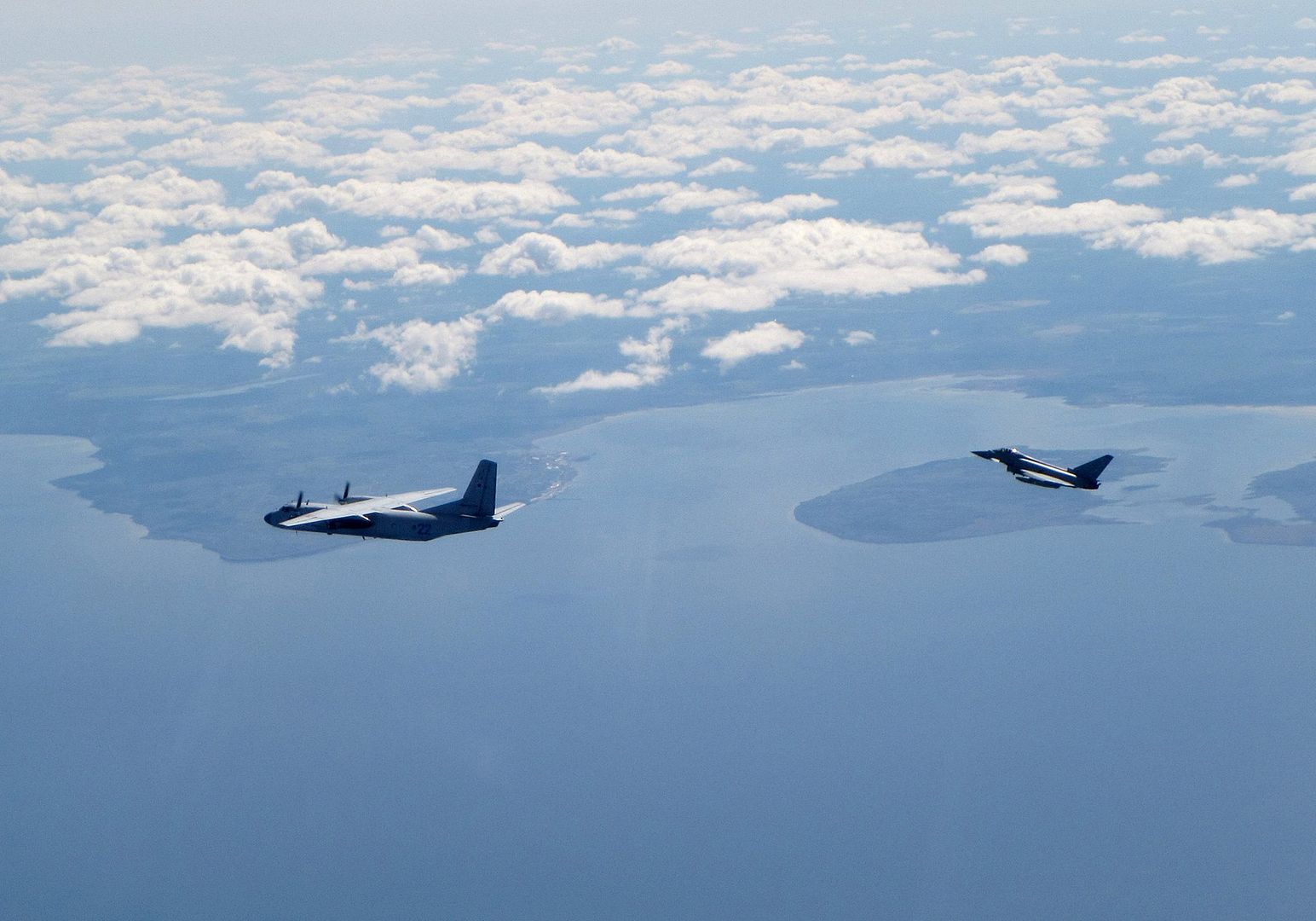
PEARL HARBOR (May 12, 2016) An AH-64 Apache from the 25th Combat Aviation Brigade lands at Joint Base Pearl Harbor-Hickam in route to Wheeler Army Airfield. The Apaches are assigned to the 25th Combat Aviation Brigade from National Guard units as part of U.S. Army Aviation restructuring. (U.S. Navy photo by Chief Mass Communication Specialist John M. Hageman/Released)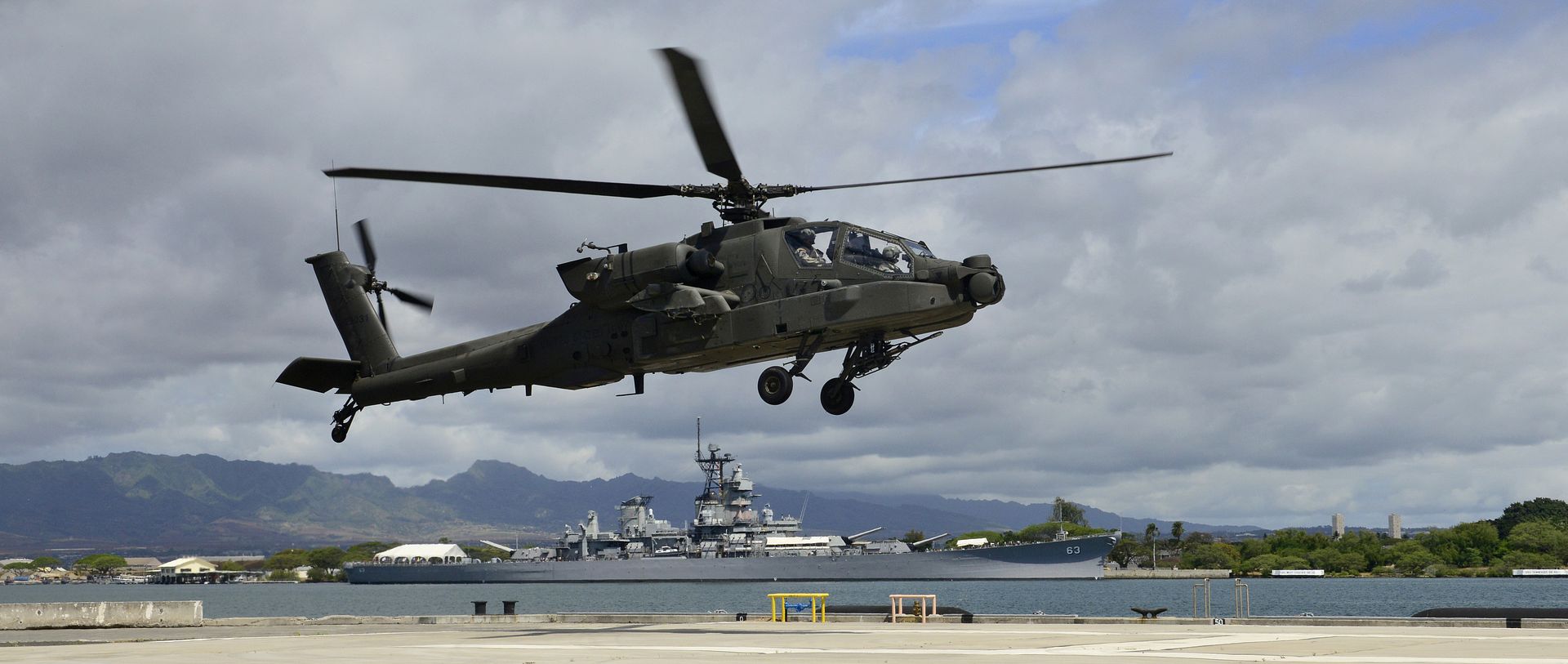
5/12/2016 - HILL AIR FORCE BASE , Utah -- They aren't UFOs and Northern Utah is not being invaded by an enemy military force.
If you happened to notice any strange looking aircraft hurtling through the skies the past couple of weeks, it's highly likely those planes are participating in Hill Air Force Base's biannual combat training and weapons testing program, Combat Hammer.
Until May 14, the 86th Fighter Weapons Squadron, a Hill tenant unit based at Eglin Air Force Base, Florida, will be conducting the training exercise, which includes air-to-ground weapons testing on more than 40 of the U.S. Air Force's combat aircraft.
Hill spokesman Micah Garbarino said the exercise evaluates the performance of air crews, pilots and their equipment while they practice dropping bombs aimed at ground targets at the Utah Test and Training Range in Utah's West Desert.
"This is a great opportunity for Airmen to deploy weapons in a combat-simulated environment," said Lt. Col. Craig Marion, commander of the 86th FWS's Detachment 1 in a press release. "The Utah Test and Training Range is one of the few places with enough airspace, resources and technological capability to perform this critical test and evaluation."
According to a Hill fact sheet, the UTTR has the "largest block of overland contiguous special use airspace" in the continental U.S. and is the only Department of Defense location where the overland testing of cruise missiles can be performed.
During Combat Hammer, Marion said, crews gather and examine data on how the bombs perform, determining how fit they are for use in real-life combat scenarios. After the data is analyzed, the squadron prepares a report for leaders of the military's group of combatant commands, based at seven strategic locations across the globe. The reports are used for planning, funding and resource allocation, Marion said.
The list of aircraft participating in the exercise includes F-15Es from Seymour Johnson AFB, North Carolina; A-10s from Davis-Monthan AFB, Arizona; F-16s from Hill and Tuscon Air National Guard Base, Arizona; B-1s from Dyess AFB, Texas; and B-52s from Minot AFB, North Dakota.
Base spokesman Rich Essary said the fighter units fly into Utah and stay at Hill during the exercise, but the bomber units typically deploy and participate from their home stations.
Garbarino said Northern Utah residents will likely notice more aircraft traffic and noise during the evaluation. Though the exercise is led by the 86th FWS, it's also supported by Hill's 388th Fighter Wing and 75th Air Base Wing.
by Mitch Shaw
Hilltop Times correspondent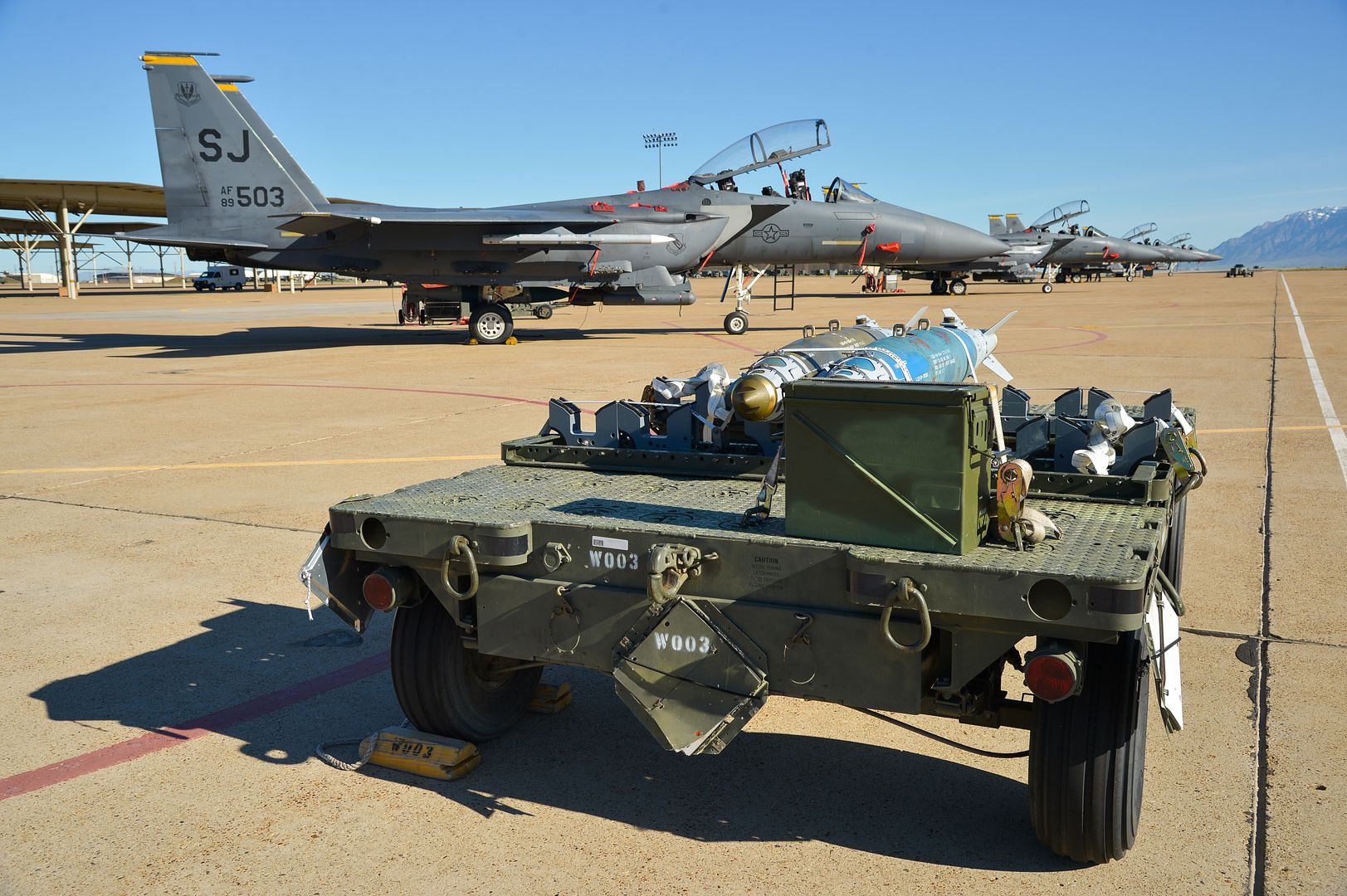
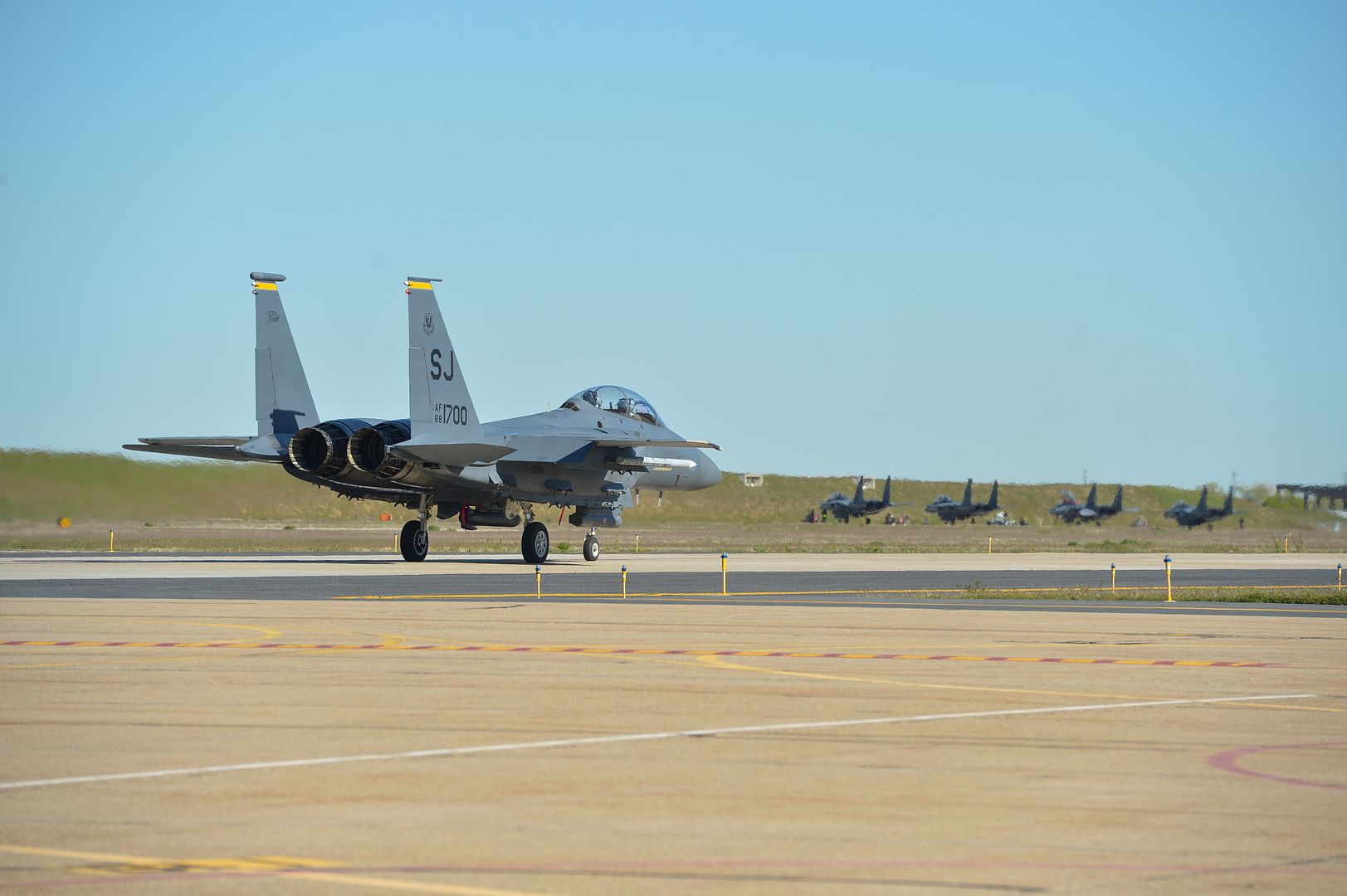
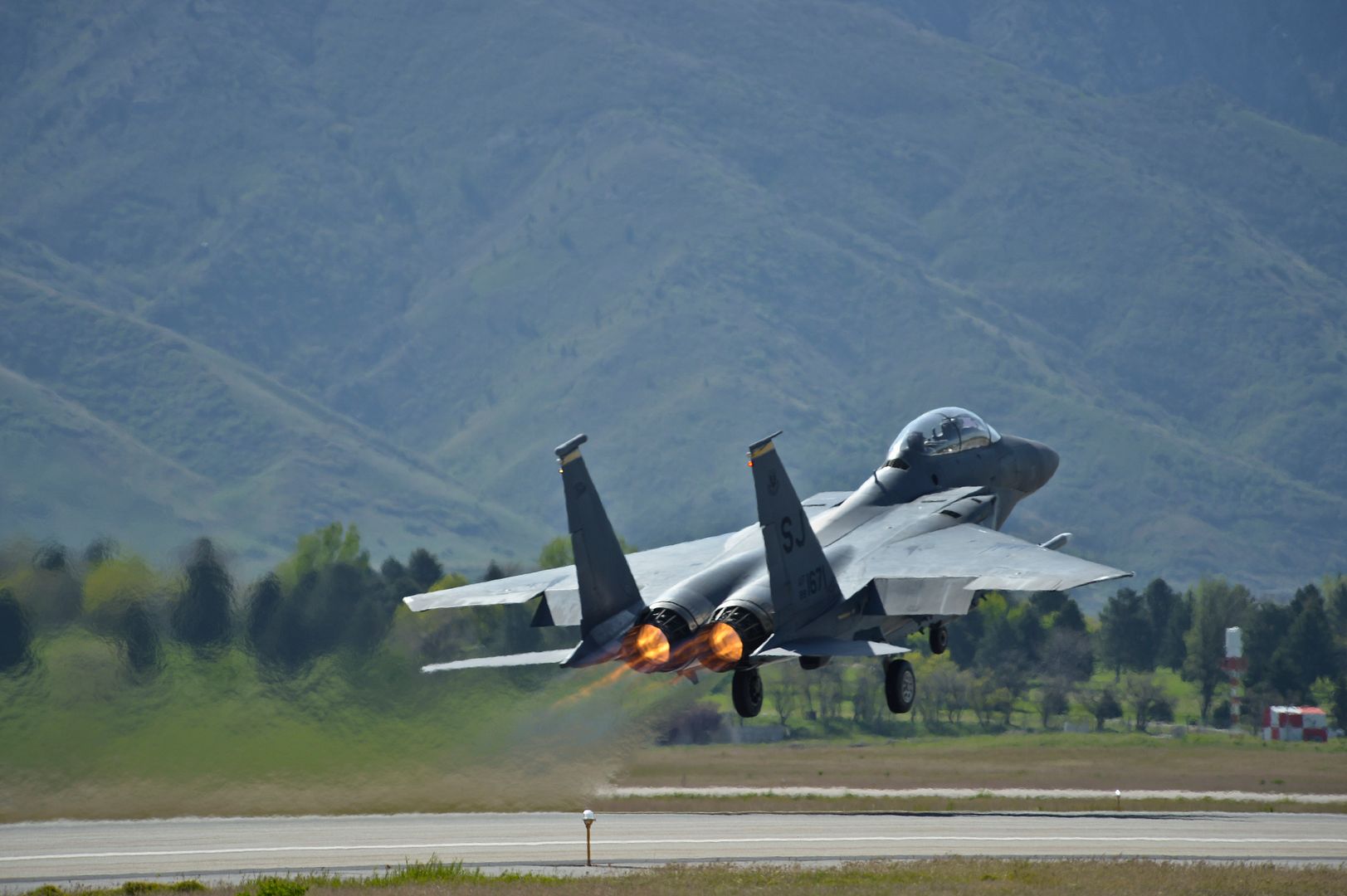
12 May 2016
Marignane, Airbus Helicopters has been awarded a contract by the French Defence Procurement Agency (DGA) to retrofit the avionics suite of the 35 EC145 helicopters operated by the S?curit? Civile, an agency of the French Ministry of Interior that performs critical search and rescue and medical evacuation services throughout the French territory.
As part of this retrofit, all aircraft will be equipped with an improved avionics suite allowing them to retain their ability to perform missions in all weather conditions with the highest levels of safety, while at the same time complying with the latest Performance Based Navigation regulations.
?We are very proud of the trust that the S?curit? Civile has placed in our support and services with this second contract in less than a year? said Matthieu Louvot, Airbus Helicopters Executive Vice President Customer Support and Services. ?It is a great honour for us to be confirmed as the industrial partner of choice by this reference EC145 operator to which we are also providing a comprehensive, nose-to-tail global service solution?.
The retrofit of the 35 aircraft follows on from the global services solution contract for the S?curit? Civile and Gendarmerie Nationale?s EC145 fleet awarded at the end of 2015. The aircraft, with this new contract managed by the Military Support Centre France (MSC-F), will be retrofitted over a seven-year period by Airbus Helicopters personnel deployed at the S?curit? Civile base in N?mes in order to minimise the impact on the operational activity. The mechanical and electrical modifications necessary to integrate functions such as LPV/SBAS guidance, digital maps, and GPS installations have also been optimized to reduce the length of the retrofit operations.
?This retrofit programme ensures that our EC145s will remain capable of meeting the most demanding operational requirements with the highest levels of safety?, said Victor Devouge, head of aviation means for the S?curit? Civile. ?This fleet is now enjoying an availability rate of around 95% which is absolutely essential in allowing us to perform our daily operations?, he added.
Established in 1957, the helicopter division of the S?curit? Civile operates a fleet of 35 EC145 on call 24/7 throughout France for search and rescue and medical evacuation missions. In 2015 alone they flew over 16,000 flight hours, rescuing 16,000 people.
The MSC-F is a dedicated Airbus Helicopters organisation designed to support all French military and state customers by providing them with the most tailored services fitting their specific needs. The creation of this entity illustrates Airbus Helicopters? commitment to service quality and performance to keep customers flying, anytime, anywhere.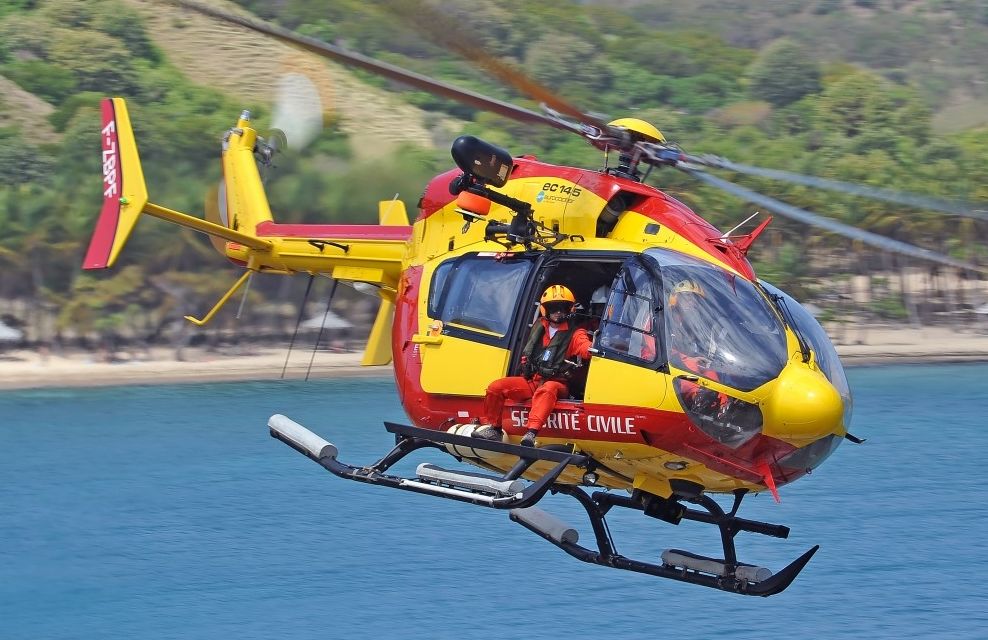
Photo by Anthony Pecchi
WASHINGTON and HELSINKI ? The Danish government is recommending Denmark buy 27 Lockheed Martin F-35s to replace its aging F-16 fighter jets, top government officials announced during a press conference Thursday.
The Danish Prime Minister and the Defense Minister announced that the government is recommending Denmark purchase 27 F-35s at a price of 20 billion Danish Kroner, or about $3 billion. The next phase is an open debate in the Danish parliament, which is expected to last about a month before Denmark makes a final decision.
The Danish government chose the F-35 as the best option for its next-generation fighter fleet over Saab?s Gripen NG, Eurofighter?s Typhoon, and Boeing?s F/A-18 Super Hornet. Although critics frequently slam the joint strike fighter for cost overruns, the Danish government concluded buying the F-35 would actually be the cheapest option to meet national security needs.
Officials estimated life cycle costs are lowest for the JSF because Denmark needs fewer F-35s than Super Hornets or Eurofighters to perform the same missions, according to an executive summary of the type selection of Denmark's new fighter aircraft.
If parliament approves the decision, Denmark would be the 11th country to buy the fifth-generation fighter jet, joining the US, the UK, Australia, Turkey, Italy, Norway, the Netherlands, Israel, South Korea and Japan.
"Lockheed Martin is pleased that Denmark has reaffirmed its commitment to the F-35 program with the down select of the F-35 in this fair and open competition," according to a May 12 Lockheed statement. "The F-35 Lightning II will help ensure Denmark?s national security, and also positions Danish industry to capture long-term work throughout the life of the program."
Denmark has eyed a replacement for its F-16s for years. The competition was in its early stages in 2010 when economic woes forced the government to pause the program. It was officially re-launched in 2013, but with a reduced buy ? 30 fighters instead of 48.
"We are honored Denmark is considering the F-35A to meet its national defense requirements," according to a statement from the F-35 joint program office. "We understand the selection process for the New Fighter Program is still ongoing and the Joint Program Office will continue to provide the Danish Government with the data needed to make an informed decision that is in their country's best interest."
ROYAL AIR FORCE LAKENHEATH, England (AFNS) -- Twelve F-22 Raptors from the 95th Fighter Squadron and about 220 Airmen from Tyndall Air Force Base, Florida, completed on May 8 a month-long deployment to Royal Air Force Lakenheath.
This historic deployment was the largest Raptor deployment in Europe to date and is part of their Global Response Force training.
"The F-22 deployment to RAF Lakenheath makes perfect sense," said Col. Robert Novotny, the 48th Fighter Wing commander. "Lakenheath is the home (to) combat fighter aviation in Europe; it's the place where we work with our NATO allies to sharpen our tactical skills and reaffirm to our commitment to the alliance."
During the deployment, the F-22s participated in exercise Iron Hand 16-3, conducted air training with all three RAF Lakenheath fighter squadrons and RAF Typhoons. The Raptors also forward deployed to Romania and Lithuania, both NATO countries, and participated in the commemoration of the 100th anniversary of the Lafayette Escadrille in Paris.
"Deploying Raptors here and integrating with our efforts in these areas has been a phenomenal success," Novotny said. "During their deployment, we were able to integrate seamlessly into some of the largest fighter exercises in Europe."
According to 1st Lt. Jolly Foss, a 95th FS Raptor pilot, training with the Typhoons was one of the main objectives for deploying to the U.K.
"There's different capabilities here, different airspace that we don't have access to back home and being able to integrate with the three F-15 Eagle squadrons and with the Typhoons has allowed us to go through our exercise objectives," Foss said.
Foss explained the different type of training sorties while deployed to the U.K.
"We had some long sorties, where you send anywhere between 10-12 jets on the blue side against 10 aircraft on the red side; tactical sorties, where we look into destroying targets on the ground; and strictly defensive counter air, which is keeping the enemy from approaching that line," Foss continued.
The F-22 is the Air Force's newest fully operational fifth-generation fighter aircraft. Its combination of stealth, maneuverability, integrated avionics and multirole capability enhances its warfighting capabilities.
"Sending the Raptors into Low Fly Area 7 (Mach Loop in Wales) was an opportunity for their low-altitude qualified pilots to see firsthand the amazing training opportunities we have in the United Kingdom. The training ranges and low flying airspace here are some of the best in the world," Novotny said.
The F-22s forward deployed to Eastern Europe to maximize training opportunities and demonstrate the United States? commitment to NATO allies.
"The intent of the exercise was to show the capabilities of 'rapid Raptors' by taking two F-22s to Lithuania and Romania, along with our support assets on a tanker, and being able to go anywhere in the world with very little coordination and notice," Foss said.
According to Novotny, many lessons were learned that will ensure faster, simple and if necessary more lethal deployments in the future.
-
9 years agoSun May 15 2016, 10:25pm
 Main AdminA C-17 Globemaster III flys during the Power in the Pines Open House and Air Show at Joint Base McGuire-Dix-Lakehursst, N.J. May 14. As the nation?s only tri-service joint base, JB MDL?s Power in the Pines Open House and Air Show boasts demonstrations from each branch of the armed forces. (U.S. Air Force photo by Senior Airman Joshua King)
Main AdminA C-17 Globemaster III flys during the Power in the Pines Open House and Air Show at Joint Base McGuire-Dix-Lakehursst, N.J. May 14. As the nation?s only tri-service joint base, JB MDL?s Power in the Pines Open House and Air Show boasts demonstrations from each branch of the armed forces. (U.S. Air Force photo by Senior Airman Joshua King)
A United States Marine Corps UH-1 Venom, left, and AH-1 SuperCobra, both from Marine Aircraft Group 49 fly over Joint Base McGuire-Dix-Lakehurst, N.J., during the Power in the Pines Open House and Air Show. As the nation?s only tri-service joint base, JB MDL?s Power in the Pines Open House and Air Show boasts demonstrations from each branch of the armed forces. (U.S. Air National Guard photo by Tech. Sgt. Matt Hecht/Released)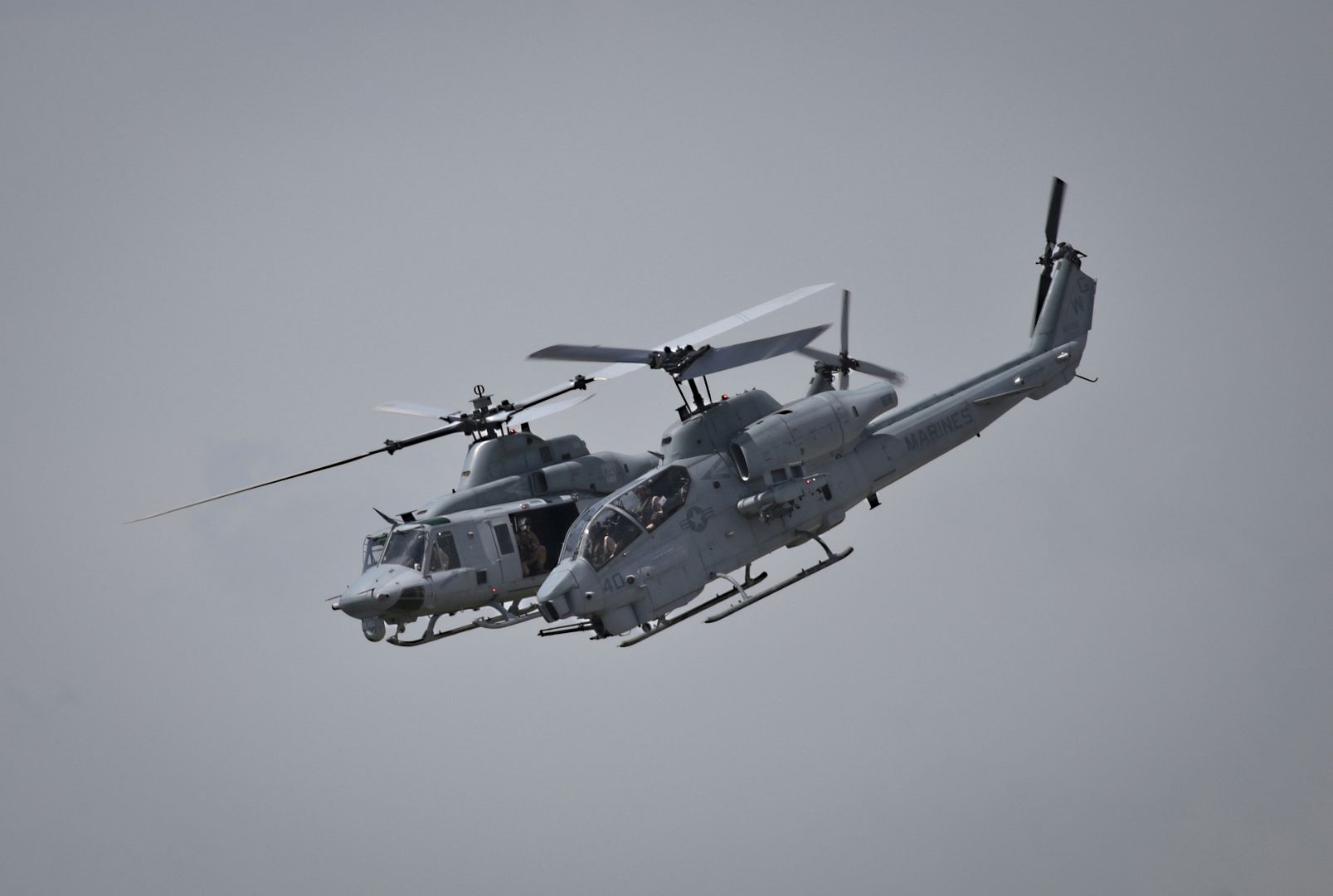
A U.S. Air Force C-17 Globemaster III, left, trails a U.S. Air Force KC-10 Extender over Joint Base McGuire-Dix-Lakehurst, N.J., during the Power in the Pines Open House and Air Show. As the nation?s only tri-service joint base, JB MDL?s Power in the Pines Open House and Air Show boasts demonstrations from each branch of the armed forces. (U.S. Air National Guard photo by Tech. Sgt. Matt Hecht/Released)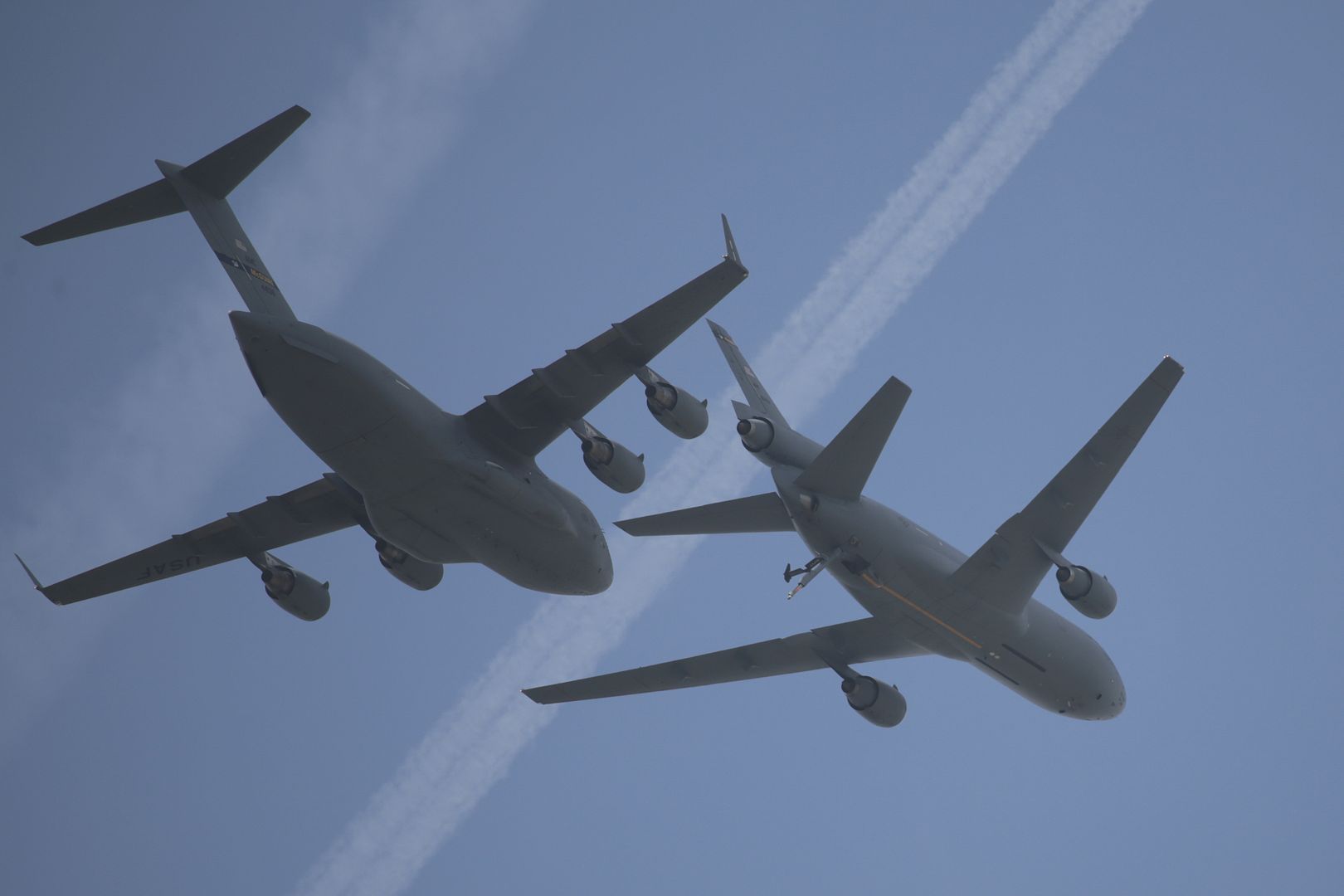
The Geico Skytypers perform at the Power in the Pines Open House and Air Show at Joint Base McGuire-Dix-Lakehurst, N.J. May 14. As the nation?s only tri-service joint base, JB MDL?s Power in the Pines Open House and Air Show boasts demonstrations from each branch of the armed forces. (U.S. Air Force photo by Christian DeLuca)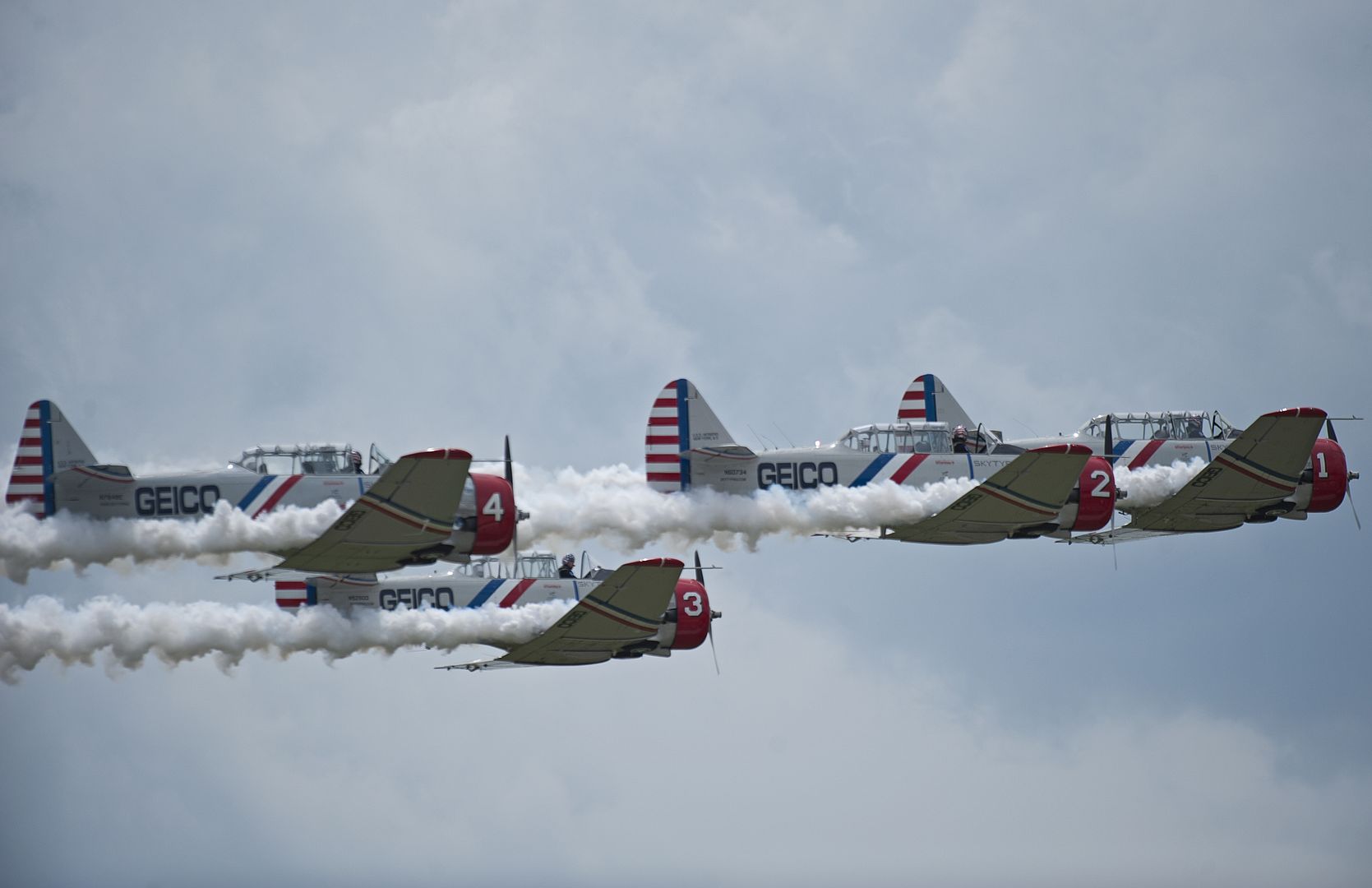
An F/A 18 Super Hornet sits in the morning fog at the Power in the Pines Open House and Air Show at Joint Base McGuire-Dix-Lakehurst, N.J. May 14. As the nation?s only tri-service joint base, JB MDL?s Power in the Pines Open House and Air Show boasts demonstrations from each branch of the armed forces. (U.S. Air Force photo by Christian DeLuca/released)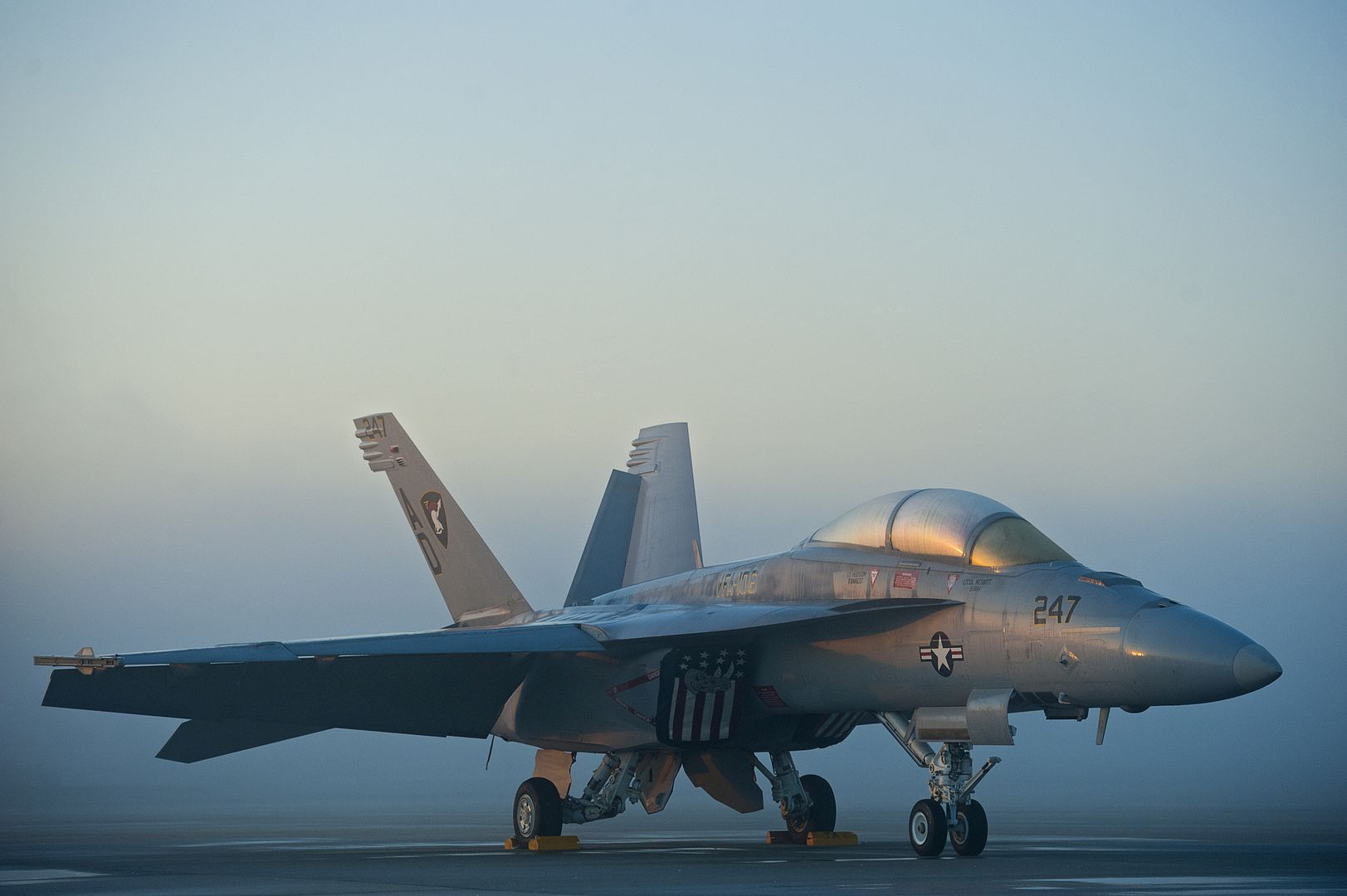
-
 Main AdminJordanian Armed Forces, take off for an air assault exercise in support of Exercise Eager Lion May 16, 2016 at Quick Reaction Force , Jordan. Eager Lion 16 is a bi-lateral exercise in the Hashemite Kingdom of Jordan between the Jordanian Armed Forces and the U.S. Military designed to strengthen relationships and interoperability between partner nations while conducting contingency operations. (U.S. Army photo by Spc. Darius Davis/Released)
Main AdminJordanian Armed Forces, take off for an air assault exercise in support of Exercise Eager Lion May 16, 2016 at Quick Reaction Force , Jordan. Eager Lion 16 is a bi-lateral exercise in the Hashemite Kingdom of Jordan between the Jordanian Armed Forces and the U.S. Military designed to strengthen relationships and interoperability between partner nations while conducting contingency operations. (U.S. Army photo by Spc. Darius Davis/Released)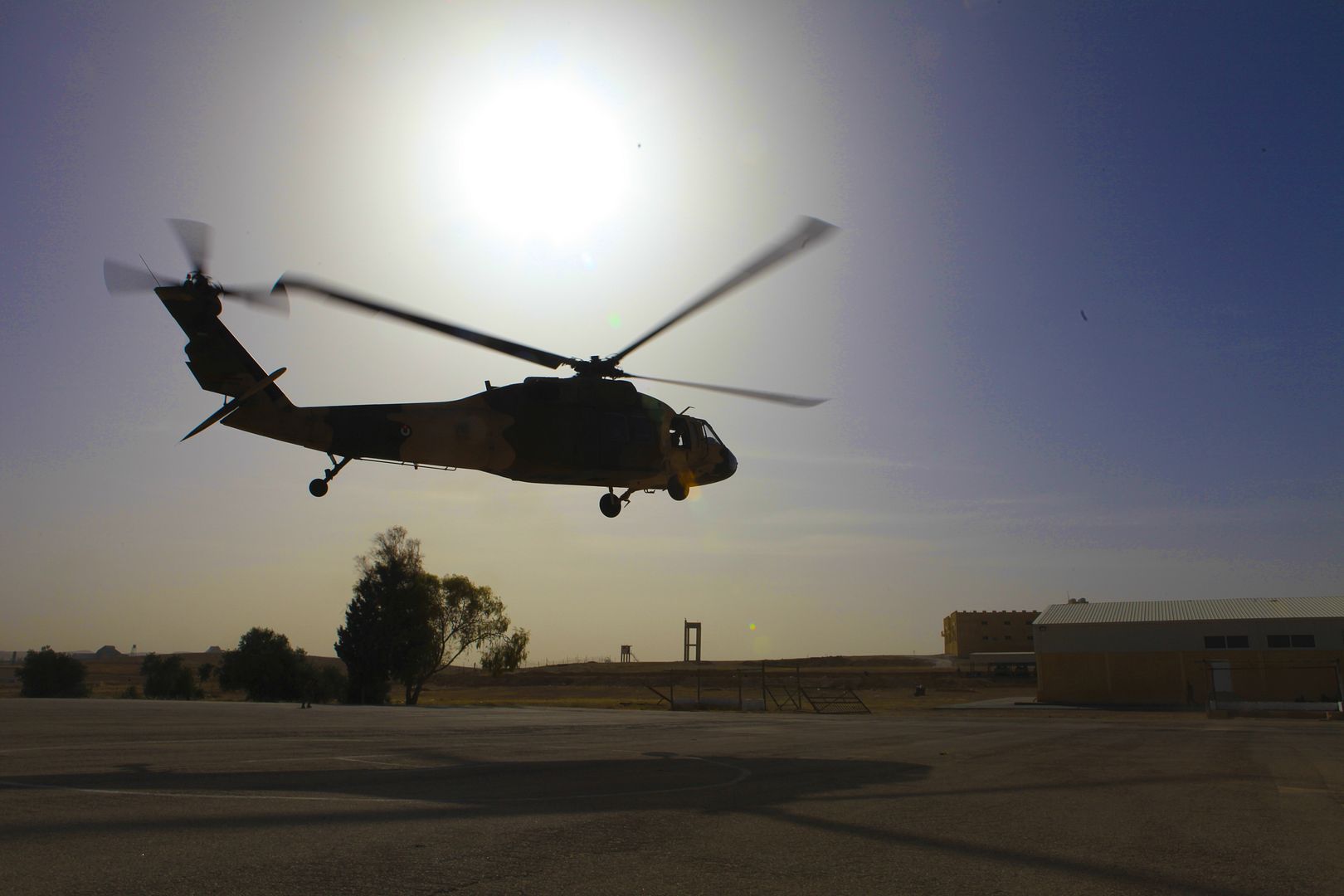
Jordanian Armed Forces Quick Reactio Force UH60 Blackhawk Helicopters conduct an Air Assault Training Exercise during Exercise Eager Lion at Quick Reaction Force Base, Jordan, 16 May, 2016. Eager Lion 16 is a bi-lateral exercise in the Hashemite Kingdom of Jordan between the JAF and the U.S. Military designed to strengthen relationships and interoperability between partner nations while conducting contingency operations. (U.S. Army Reserve photo by Spc. Ian Valley 366 Mobile Public Affairs Detachment.)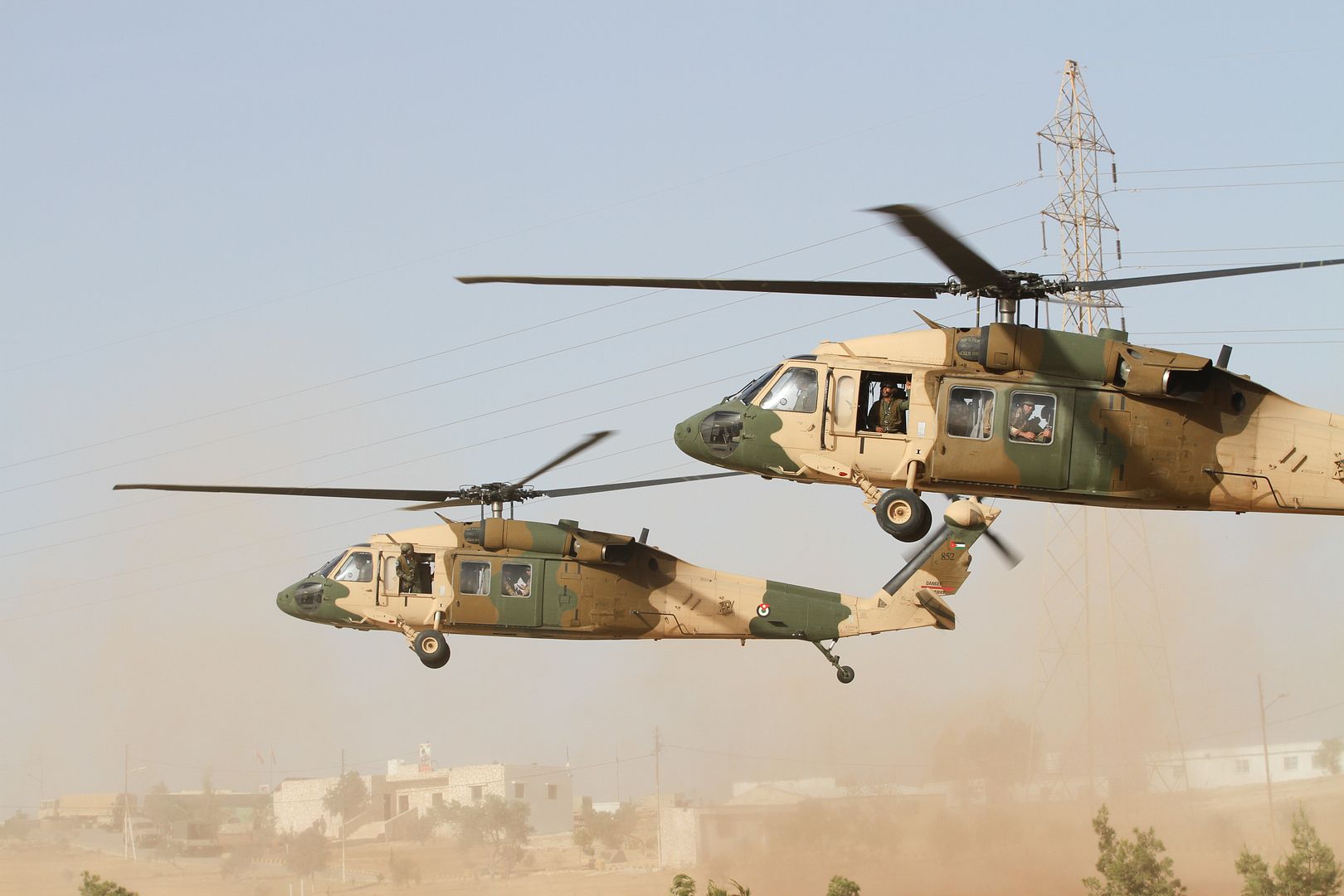
Jordanian Armed Forces Blackhawks with A- Squadron, practice infils and exfils prior to a live fire event during Exercise Eager Lion 16 at Armor Range, Quick Reaction Force, Kingdom of Jordan on May 16, 2016. Eager Lion 16 is a US military bi-lateral exercise with the Hashemite Kingdom of Jordan designed to strengthen relationships and interoperability between partner nations while conducting contingency operations. (U.S. Marine Corps photo by Cpl. Lauren Falk 5th MEB COMCAM/Released)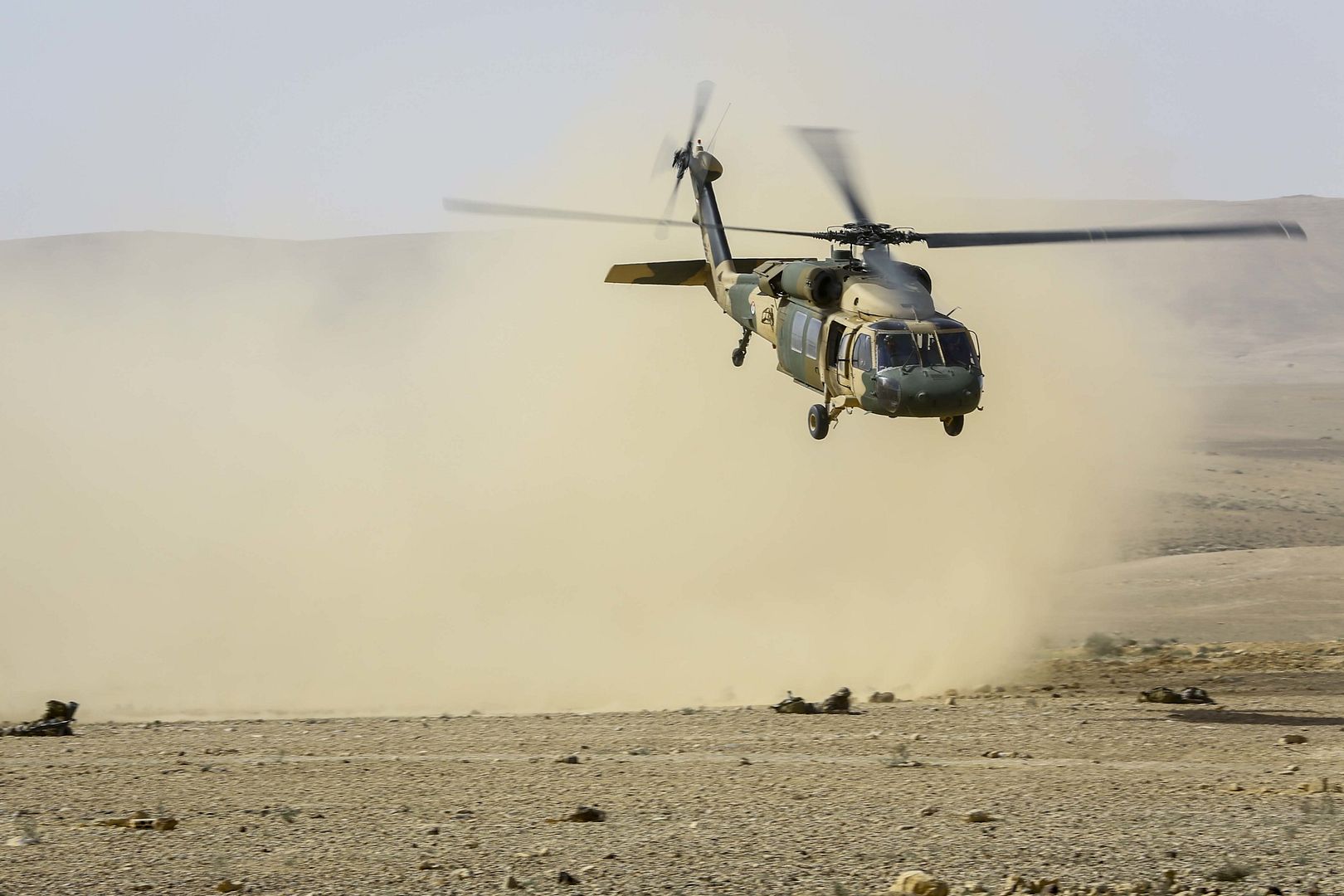
-
 Main Admin5/16/2016 - EDWARDS AIR FORCE BASE, Calif. -- Several media members and Royal Netherlands Air Force representatives stopped by May 10 to cover a big story.
Main Admin5/16/2016 - EDWARDS AIR FORCE BASE, Calif. -- Several media members and Royal Netherlands Air Force representatives stopped by May 10 to cover a big story.
In about a week, most of the Dutch component of the F-35 Joint Operational Test Team will head to their homeland where they will conduct test sorties and introduce their fifth-generation fighter to the Netherlands people, which falls in line with a promise made by Netherlands Defense Minister Jeanine Hennis-Plasschaert to bring the jets home for an up-close and personal viewing for the public.
The two Dutch F-35As will takeoff from Edwards and land at Naval Air Station Patuxent River in Maryland. After fueling up and running some checks, the duo will head out on their roughly seven-hour transatlantic flight followed by two RNLAF KDC-10 aerial refuelers and a NATO C-17 carrying gear and spare parts.
The planes will land at Leeuwarden Air Base in the Netherlands, which is one of two bases that will be home to the RNLAF's F-35s when they arrive permanently in 2019. The RNLAF plans to replace its legacy F-16A/B fleet with a minimum of 37 F-35s, split between two bases.
The three-week mission not only fulfills the Netherlands defense minister's promise, it also provides an excellent test opportunity.
"We've turned it into a deployment that fits really well in our operational test activities," said RFLAF Col. Albert de Smit, Netherlands F-35 Operational Test Detachment commander. "We are doing a variety of things as part of OT test. There have been deployments by the U.S. Marine Corps and Navy, and by the U.S. Air Force to Mountain Home [Air Force Base, Idaho]. So we thought one of the things we have not done is a long-range overseas deployment."
While at Leeuwarden AB, the detachment will conduct test operations and expect to learn a lot.
"I'm sure we are going to have to deal with challenges. We've turned it into a three-week deployment where we will conduct regular sorties just like we do here; just turn sorties so we can see if the maintenance and logistics pieces all work and if [information technology] can support us throughout the whole thing. I'm sure it's going to generate a ton of lessons learned and things to take away from," de Smit said.
Towards the end of the deployment, Leeuwarden AB will hold a public air show complete with the new F-35s.
Leading up to this deployment has been no small task according to de Smit. Along with the intense planning and coordination, KDC-10 certification flights were conducted earlier this year to ensure the Dutch F-35s were cleared to mid-air refuel. Additionally, de Smit said an information technology link had to be established so they can communicate back with the test force at Edwards AFB. It was a challenge because the Netherlands IT infrastructure differs from that of the U.S.
"We needed to have an IT connection with Edwards, and to put that architecture up has been an interesting endeavor."
The Dutch OT detachment will send test data back to Edwards and process maintenance items through the F-35 program's maintenance framework called ALIS (Autonomic Logistics Information System).
The RNLAF colonel says after all the coordination, certifications and "creative thinking and modeling," they're finally ready to take their planes home.
"I think we're looking pretty good. Now it's really the packing up, making sure everything gets on the airplanes. And obviously we have to have two good airplanes to take with us so our maintenance guys have been working really hard to make sure the planes are good to go," said de Smit.
The Dutch F-35 OT Detachment at Edwards is part of a collective test operation with the U.S. Air Force, Navy and Marines, United Kingdom and Australia. The lessons learned will be shared across the board from the deployment.
by Kenji Thuloweit
412th Test Wing Public Affairs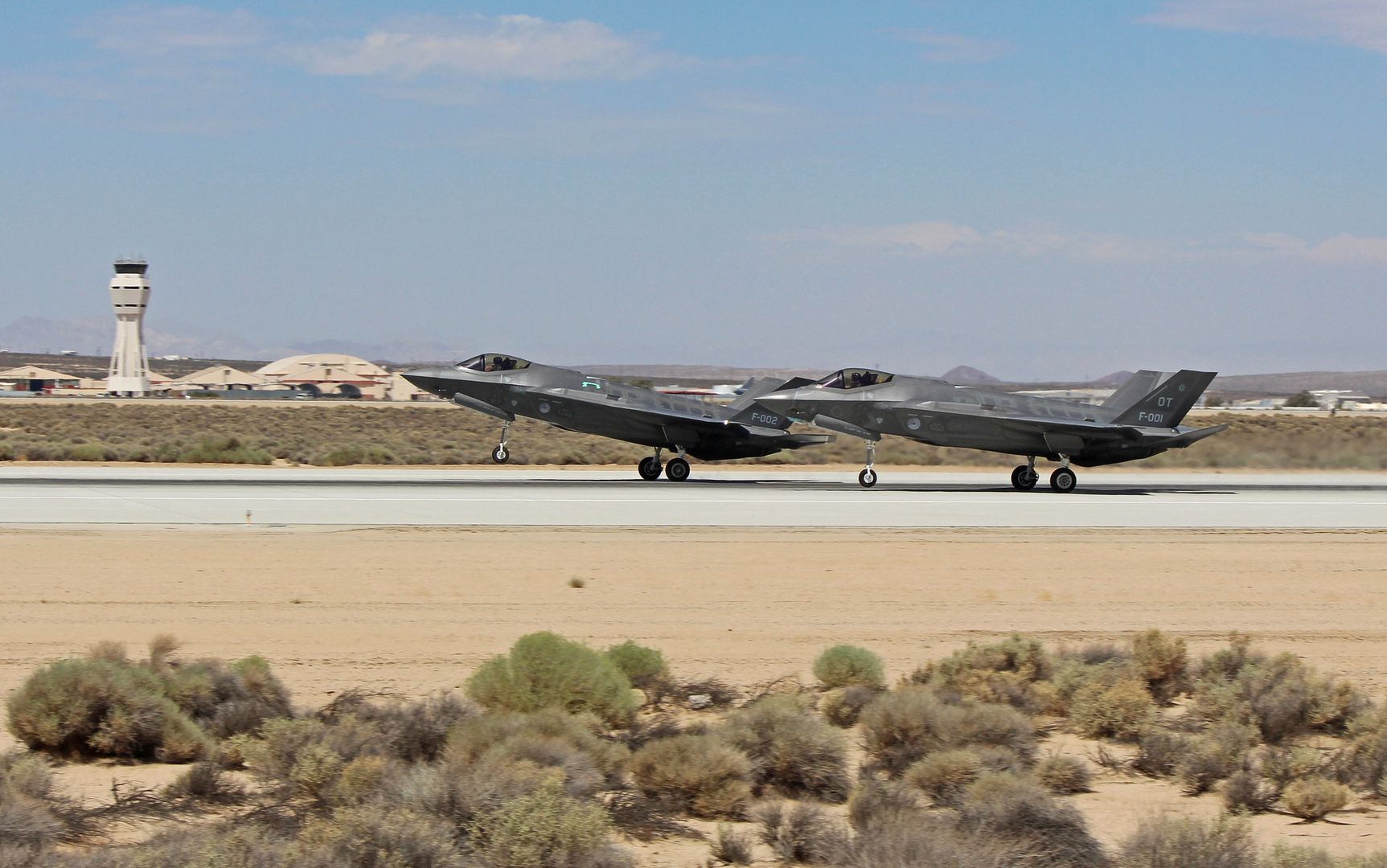
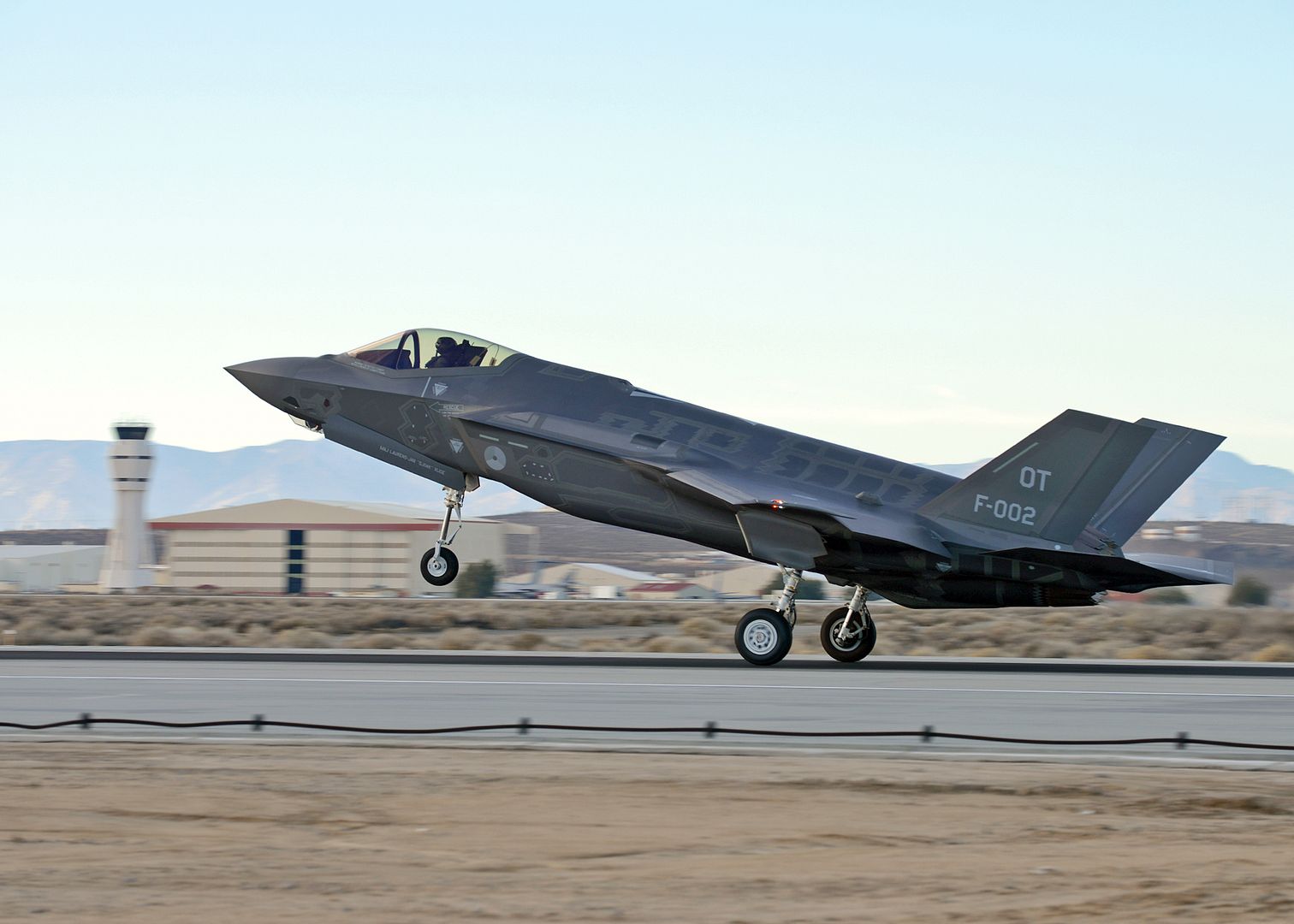
-
9 years ago
 Level 1Allegiant to buy four more Airbus aircraft
Level 1Allegiant to buy four more Airbus aircraft
US-based airline Allegiant has entered into an agreement to buy four more Airbus A319 aircraft from Philippines-based low-cost carrier Cebu Pacific. The deal is in line with the company's long-term transition to an all Airbus fleet.
Allegiant previously agreed to buy six Airbus A319 from Cebu Pacific and the newly ordered aircraft are to be delivered between next year and 2018.
The company has already received three of the previously ordered aircraft, with the remaining deliveries scheduled later this year. By the end of this year, Allegiant's in-service Airbus fleet will include 16 A320s and 17 A319s, and have a total of 85 aircraft in revenue service. Allegiant Travel Company chief operating officer Jude Bricker said: "By the end of 2016, Allegiant will be a majority Airbus carrier, as measured by available seat miles. "This agreement to purchase additional aircraft from Cebu Pacific is an important step in our long-term transition to a single fleet type."
With a fleet of A320 family aircraft, Allegiant aims to increase its operational efficiency and open up new growth opportunities by making longer routes and off-peak flying.
The company's new business model has also enabled it to provide access to low-cost flights in more than 100 cities across the US.
Post a reply
- Go to Next topic
- Go to Welcome
- Go to Introduce Yourself
- Go to General Discussion
- Go to Screenshots, Images and Videos
- Go to Off topic
- Go to Works in Progress
- Go to Skinning Tips / Tutorials
- Go to Skin Requests
- Go to IJAAF Library
- Go to Luftwaffe Library
- Go to RAF Library
- Go to USAAF / USN Library
- Go to Misc Library
- Go to The Ops Room
- Go to Made in Germany
- Go to Campaigns and Missions
- Go to Works in Progress
- Go to Juri's Air-Raid Shelter
- Go to Campaigns and Missions
- Go to Works in Progress
- Go to Skinpacks
- Go to External Projects Discussion
- Go to Books & Resources
